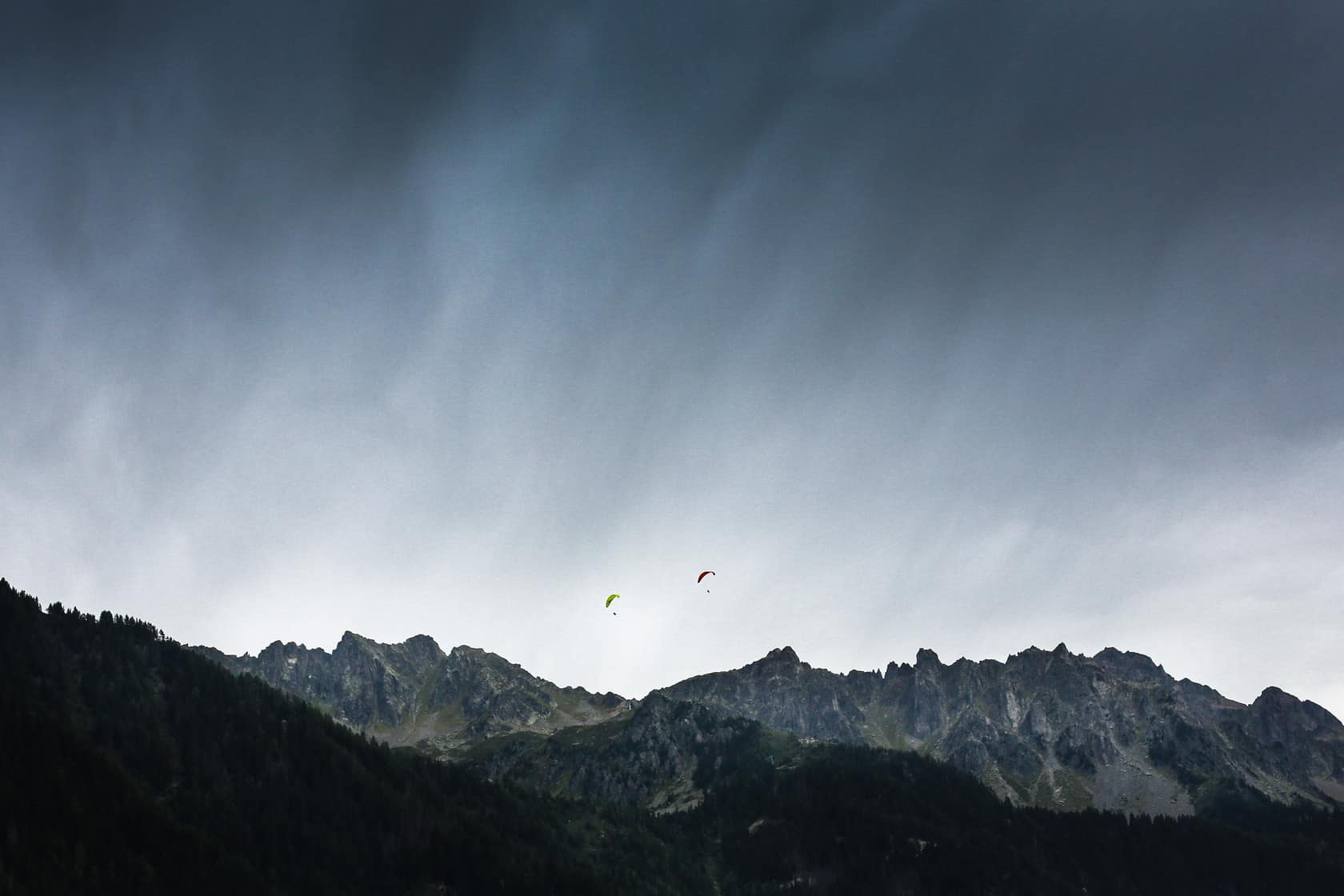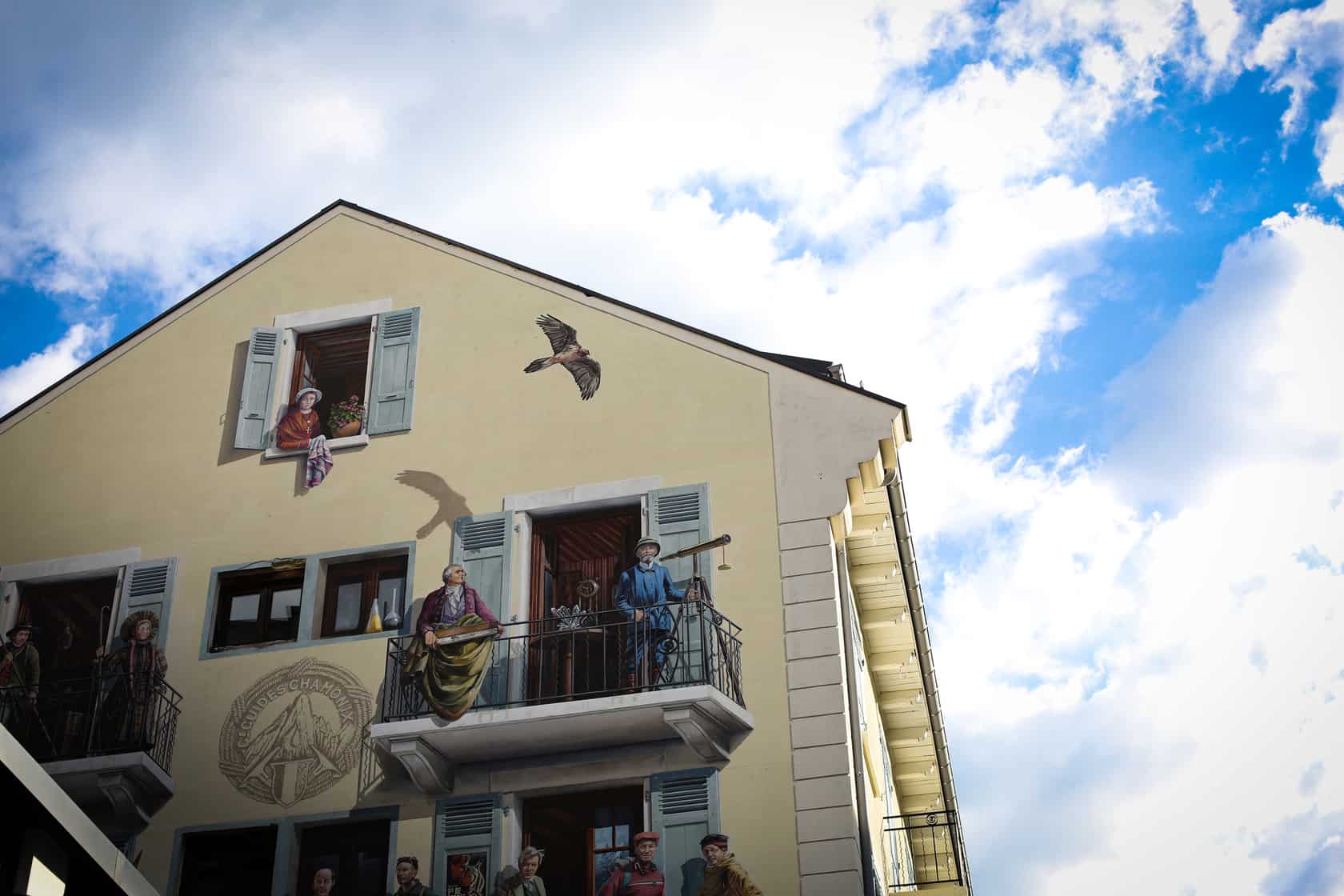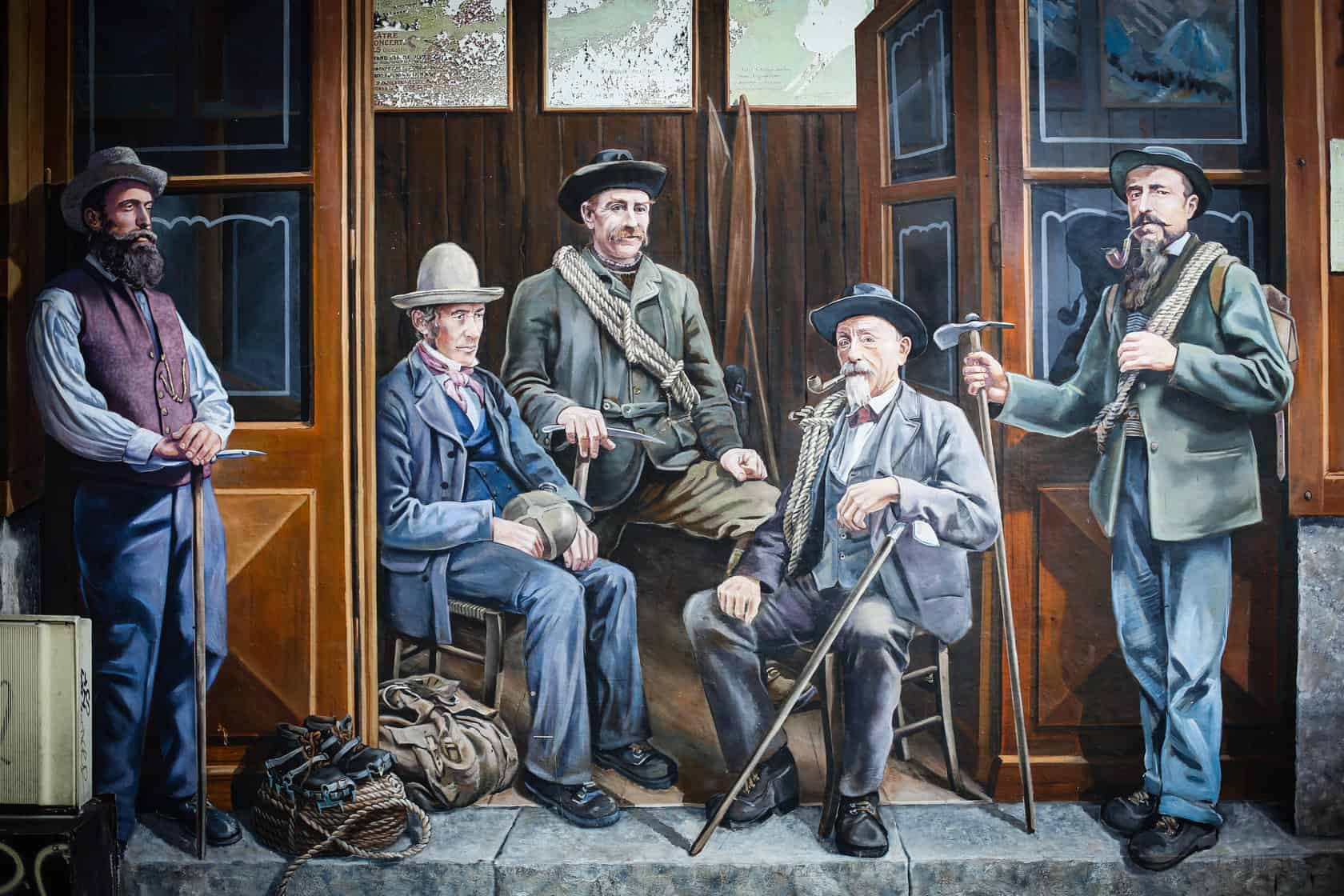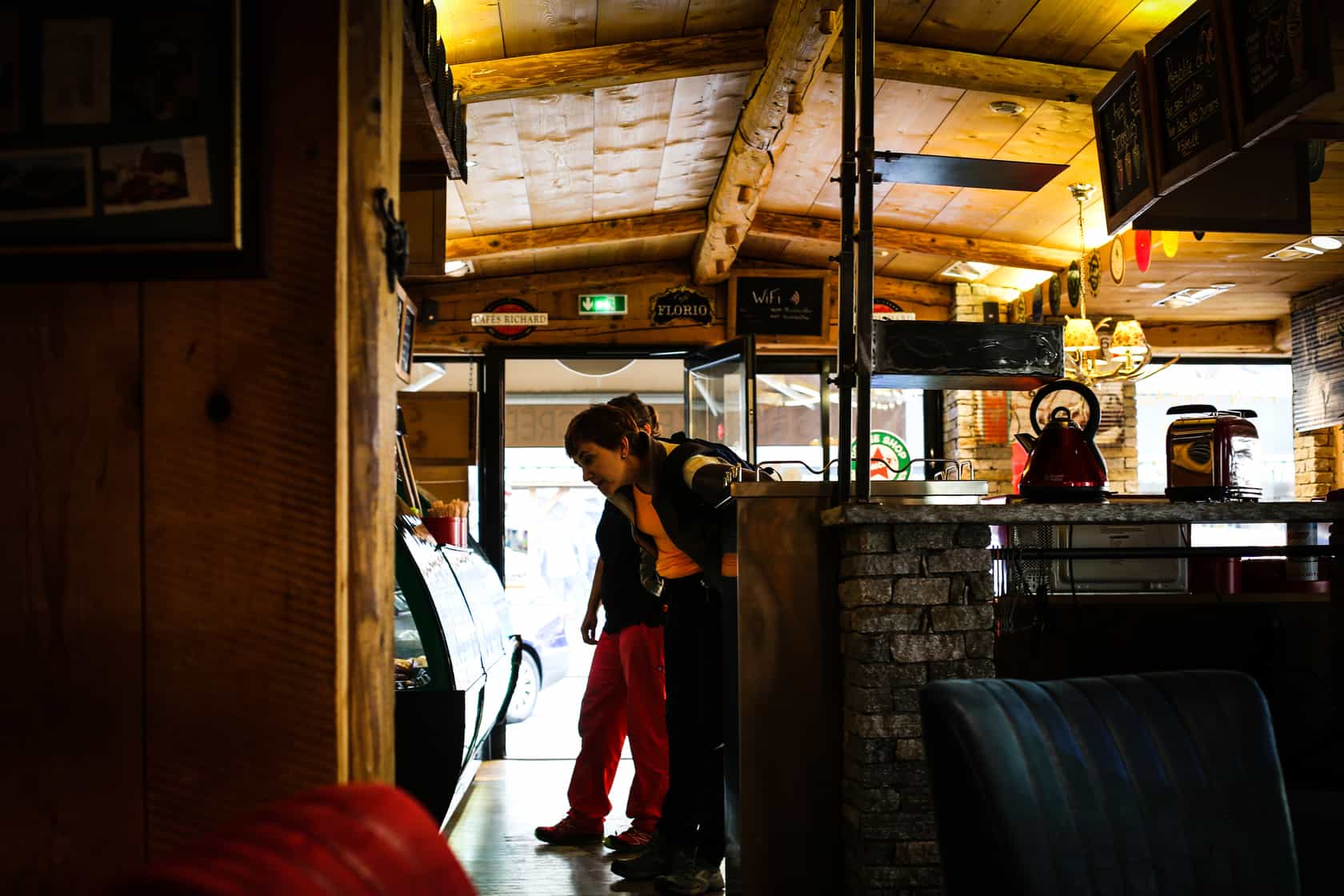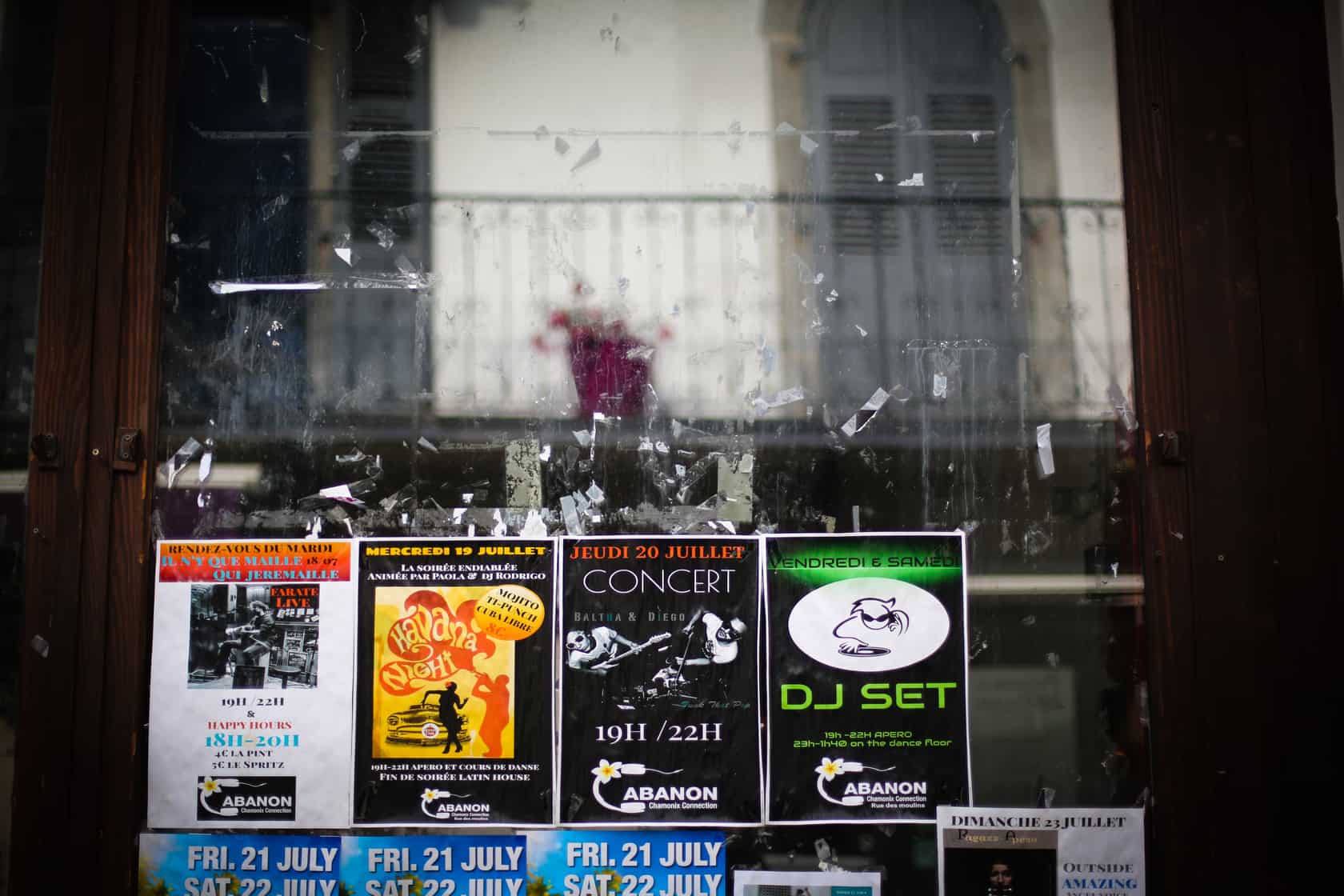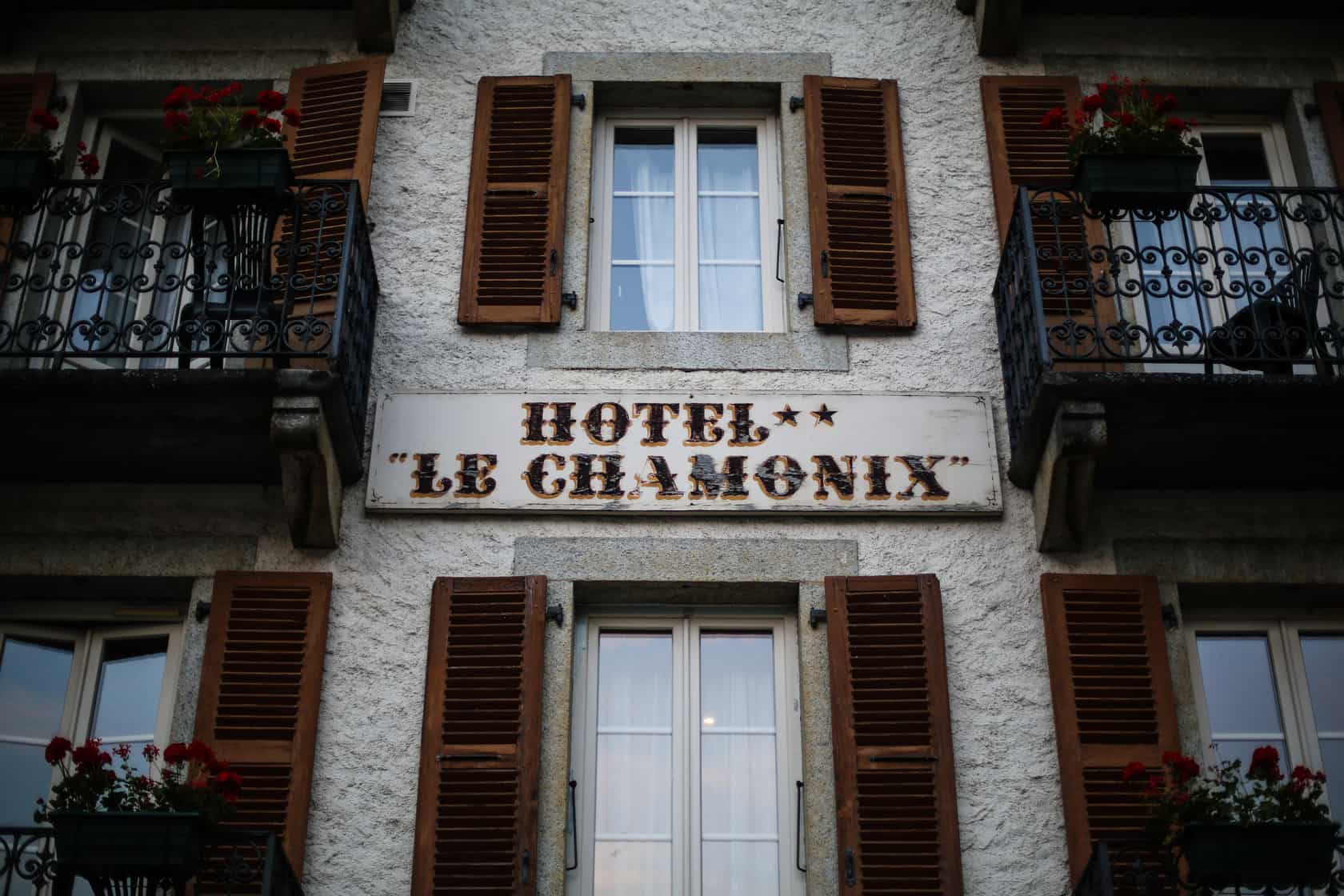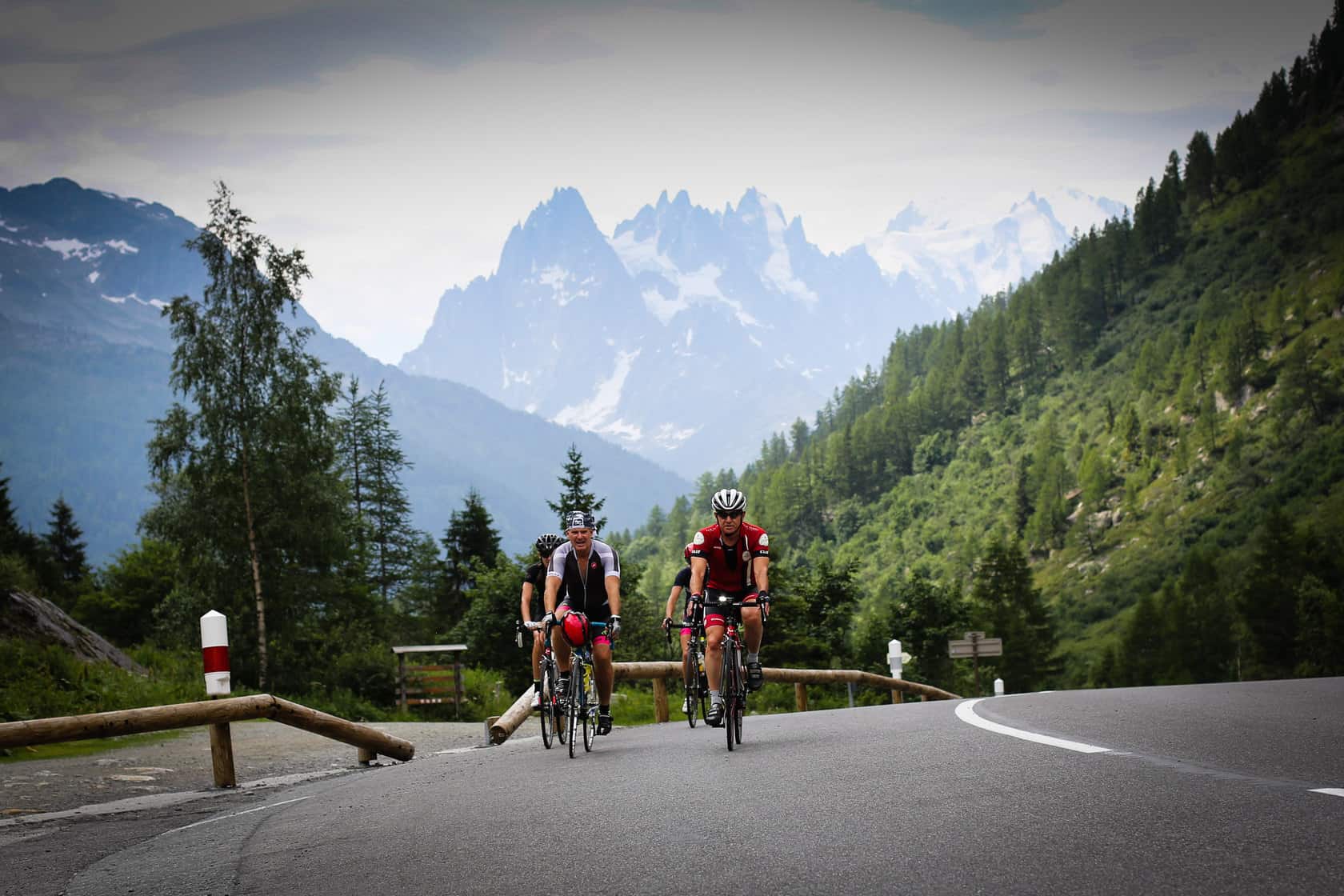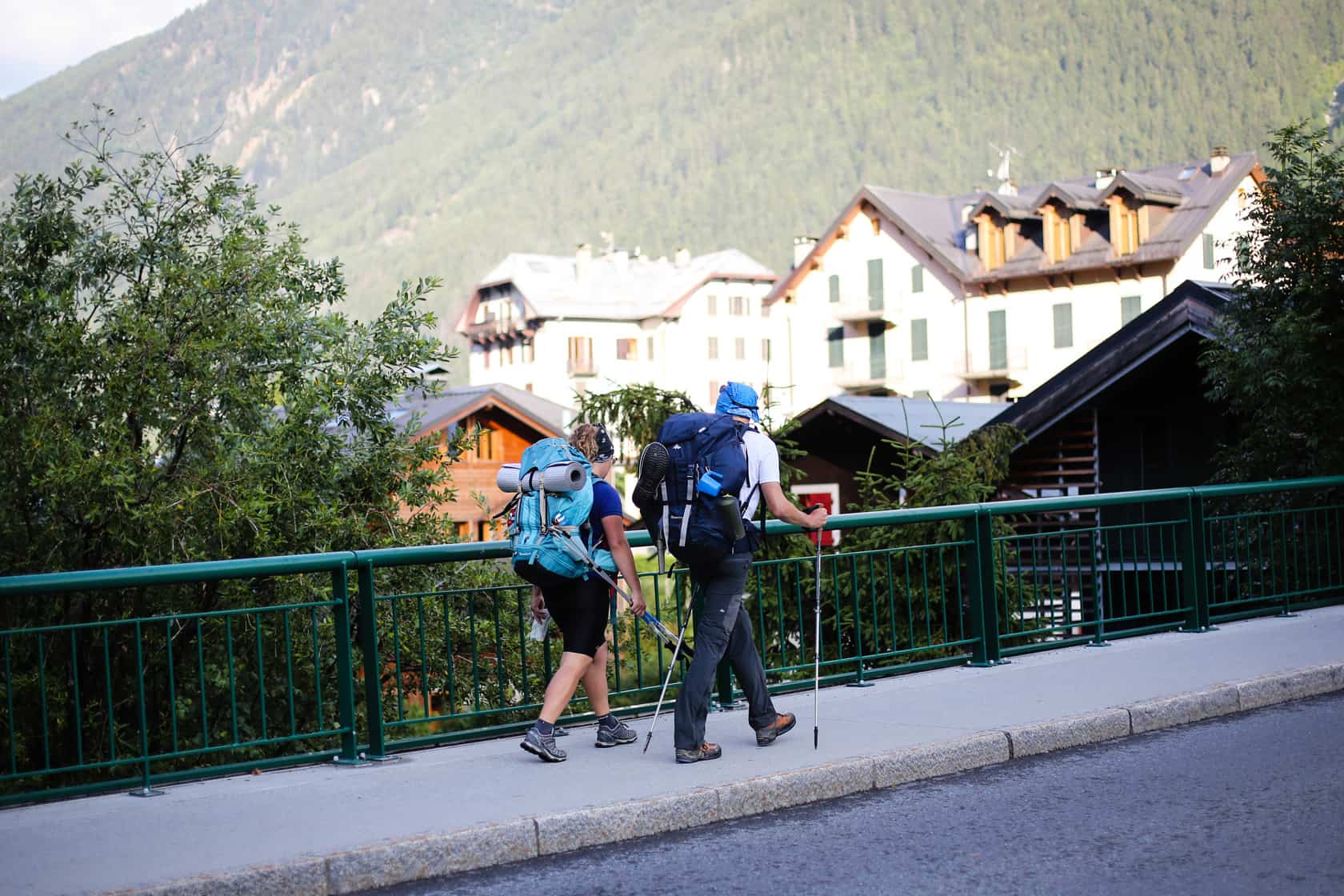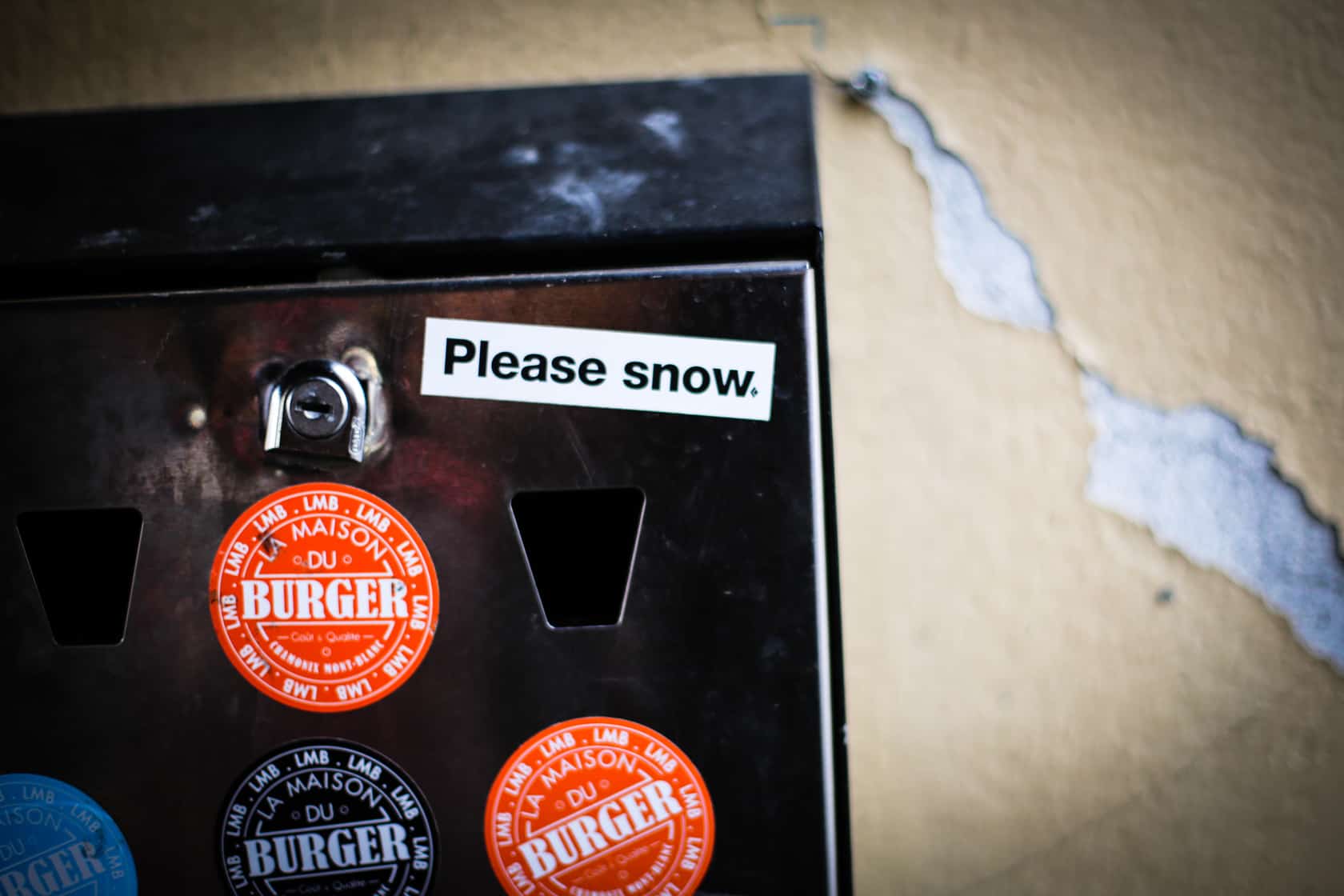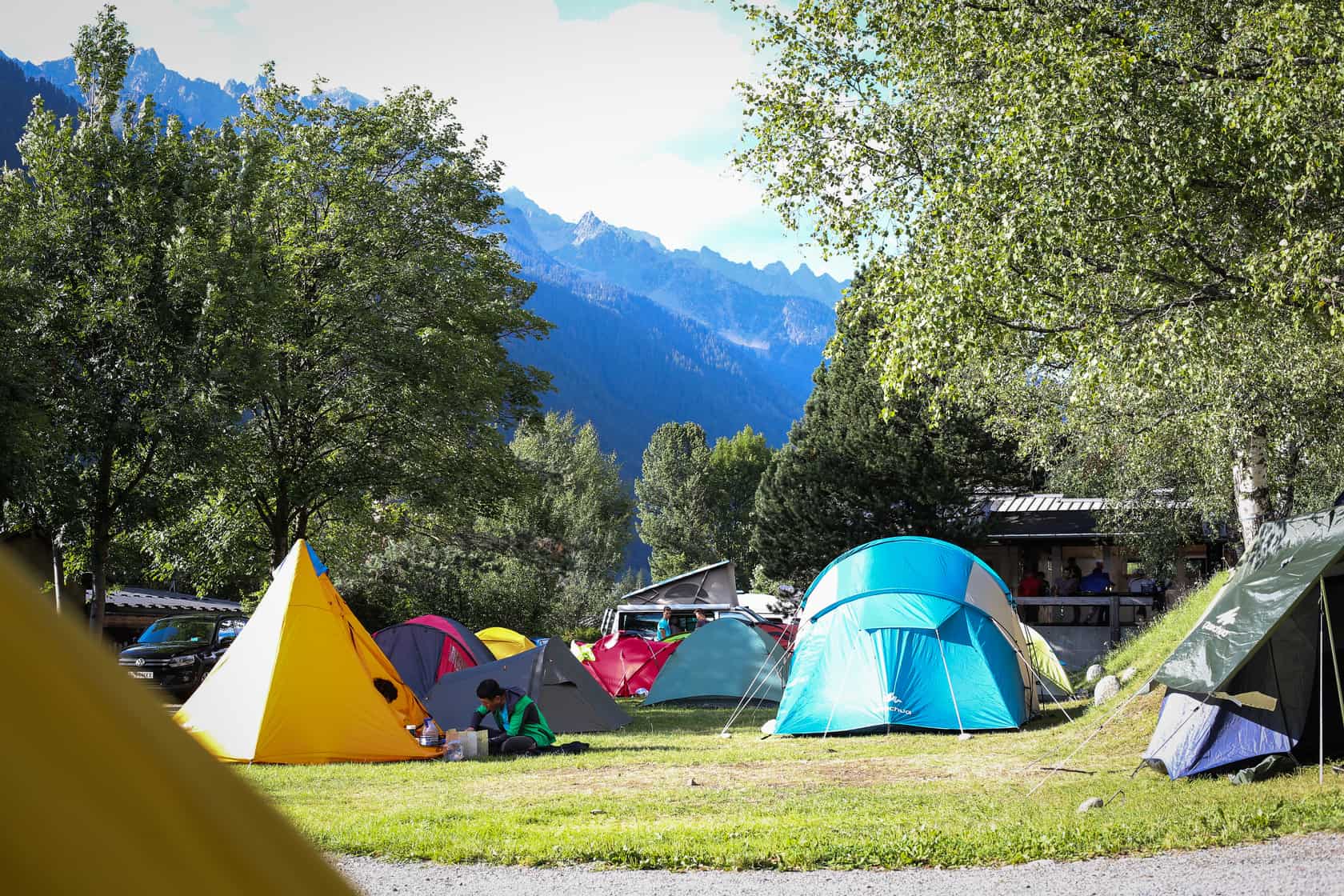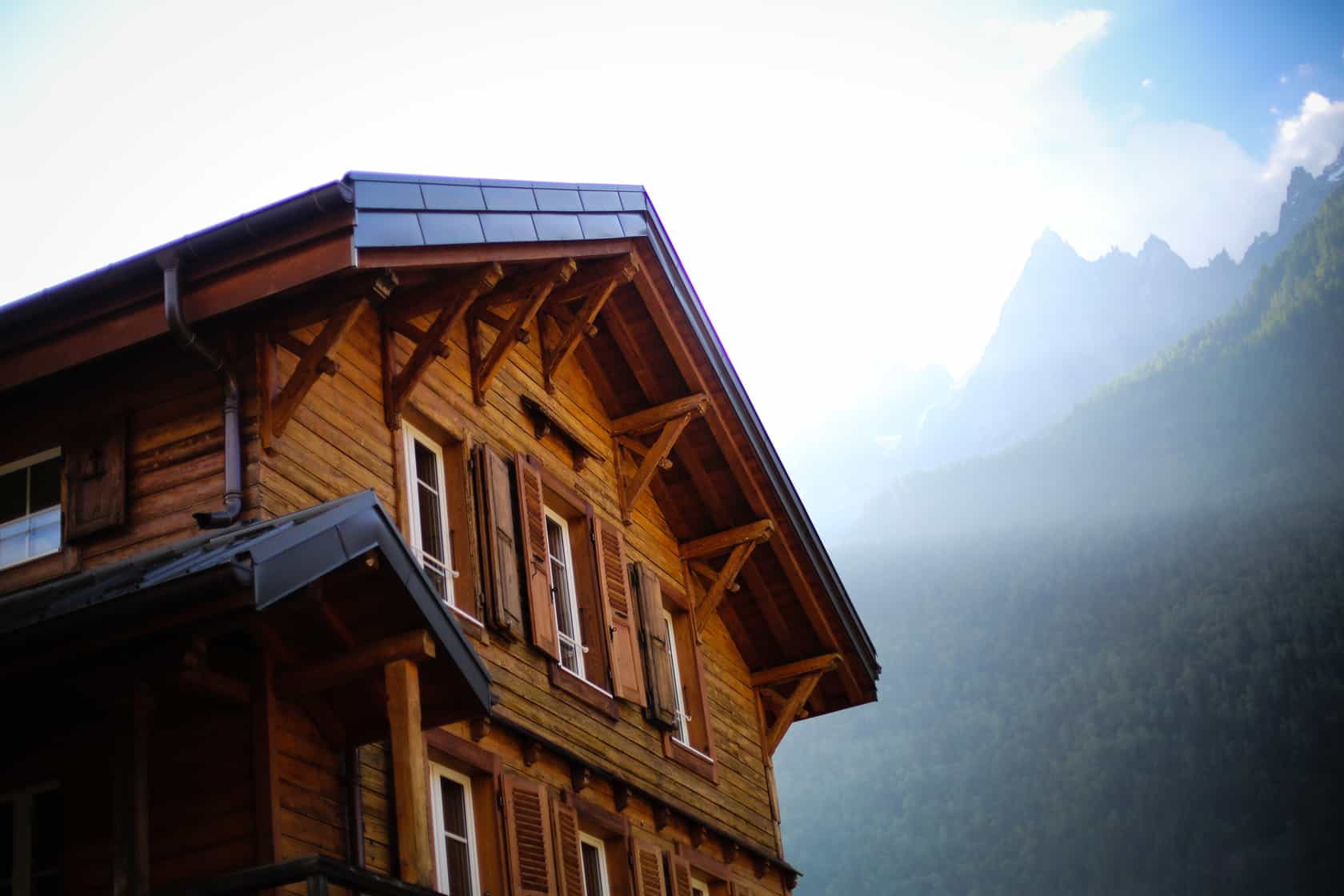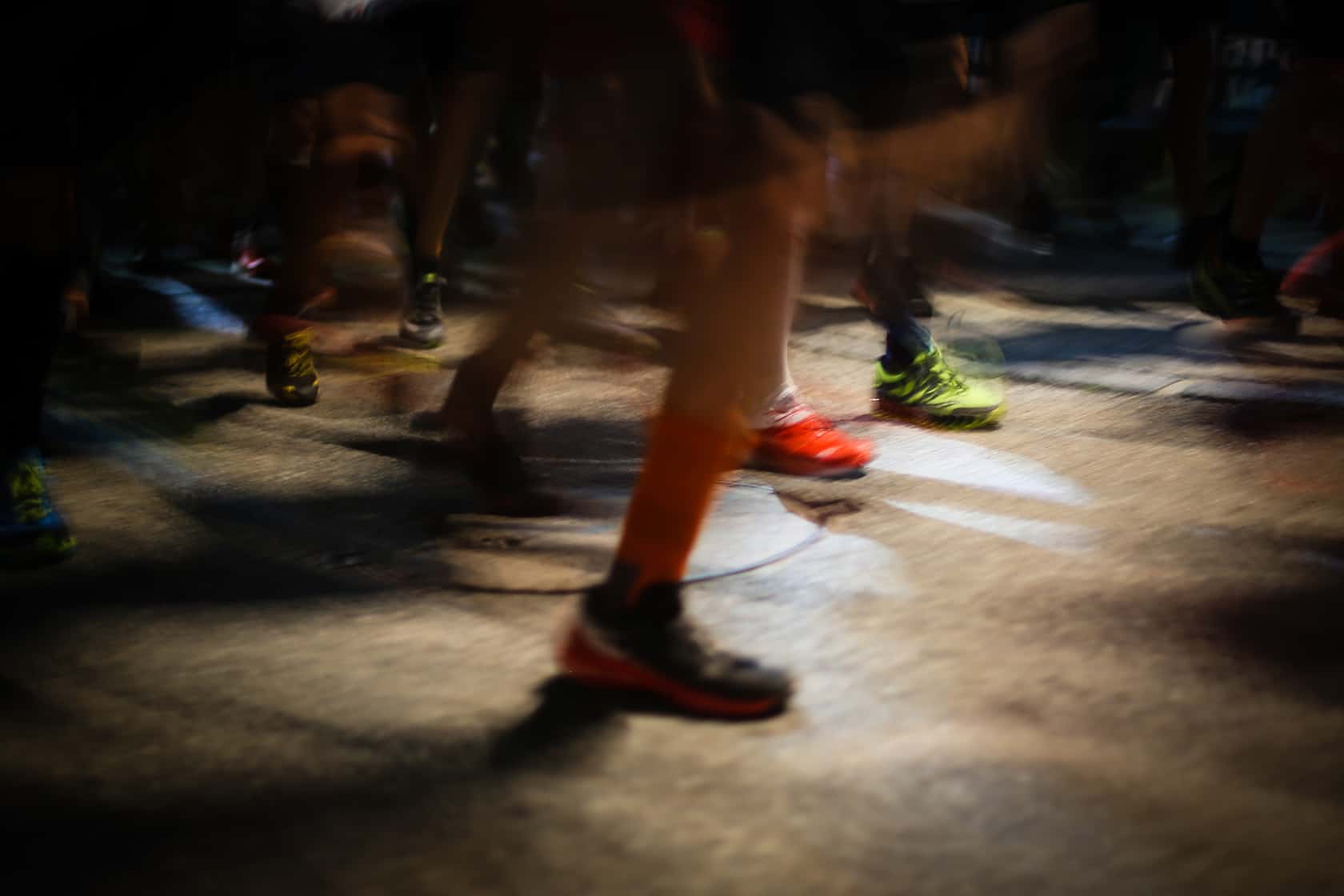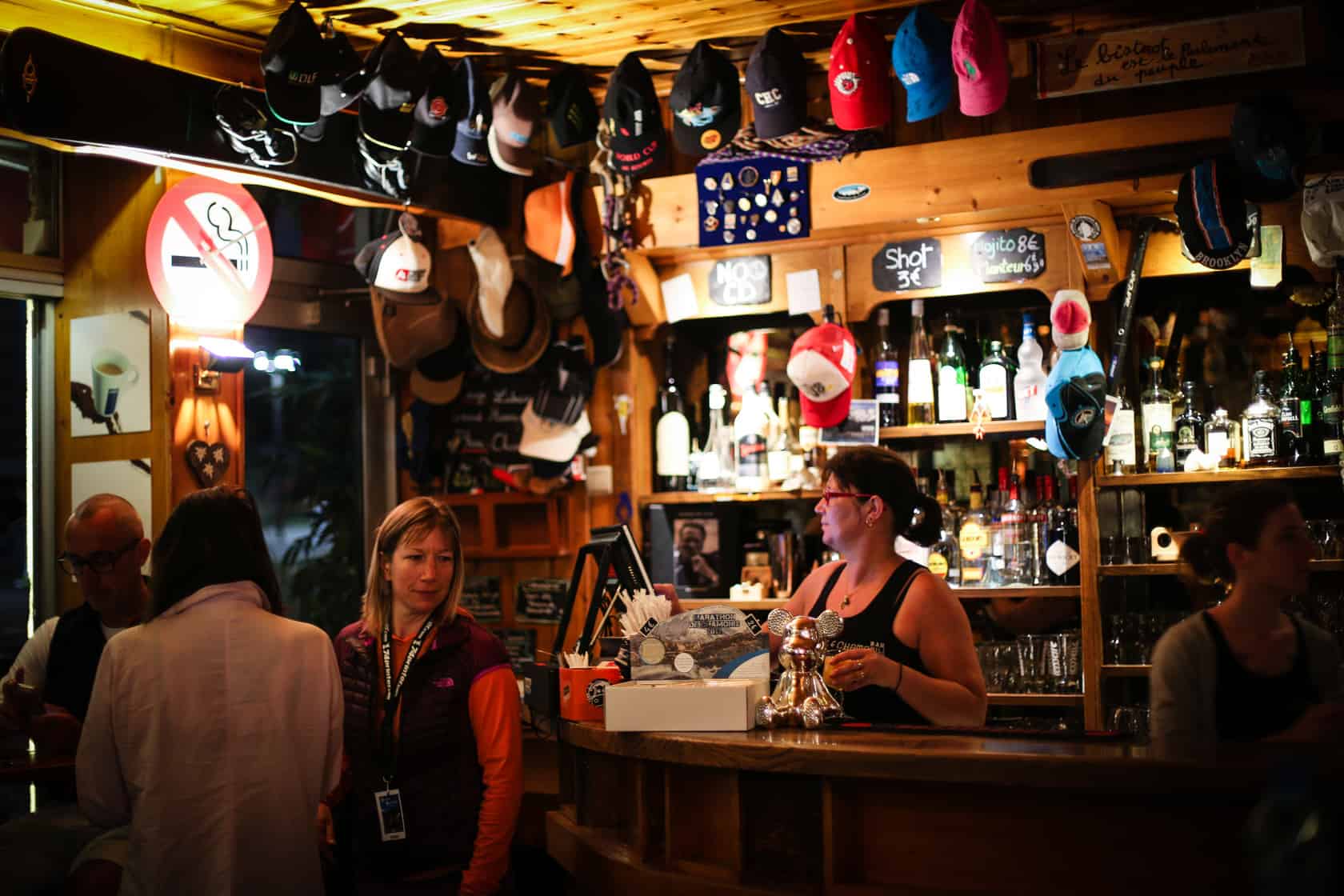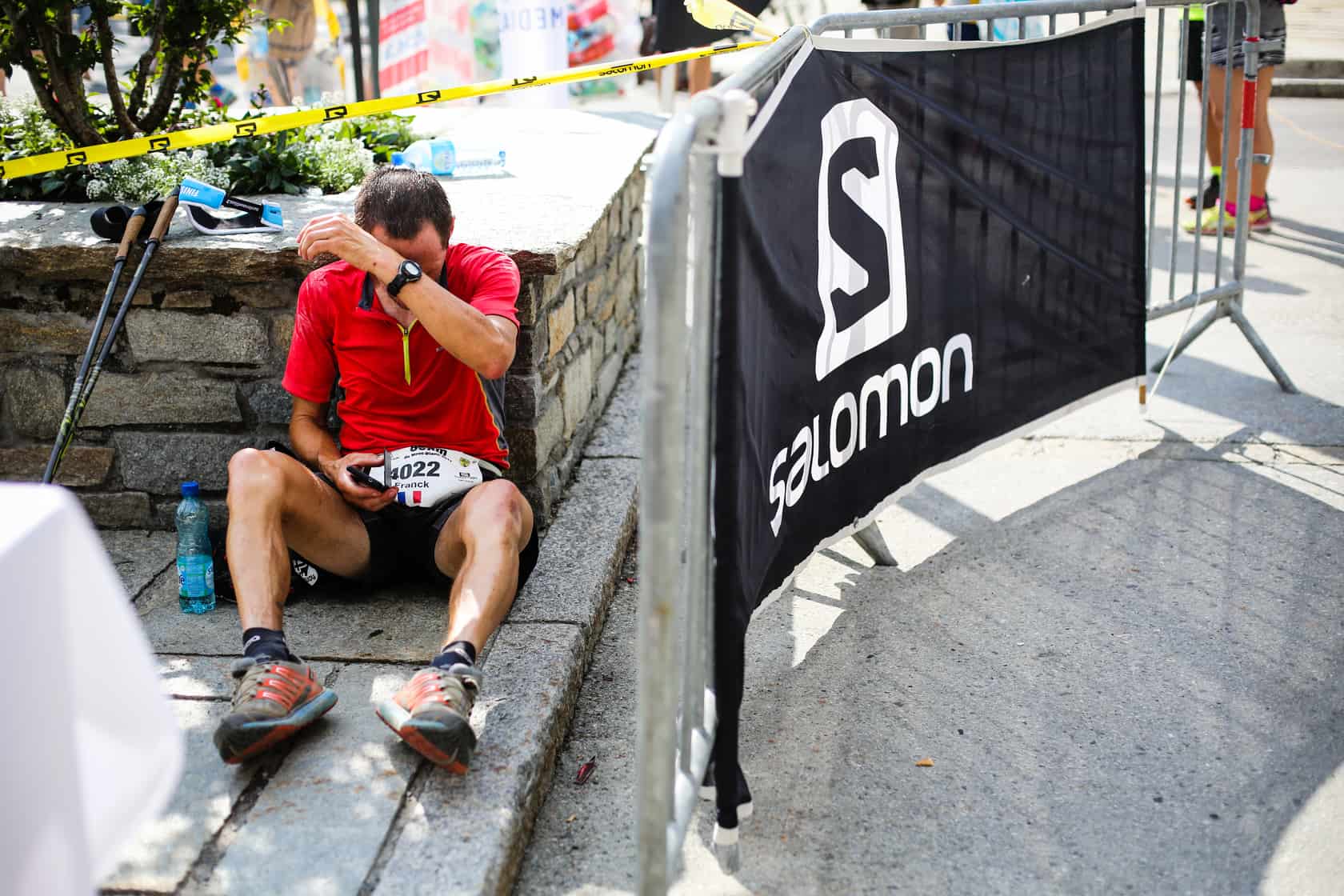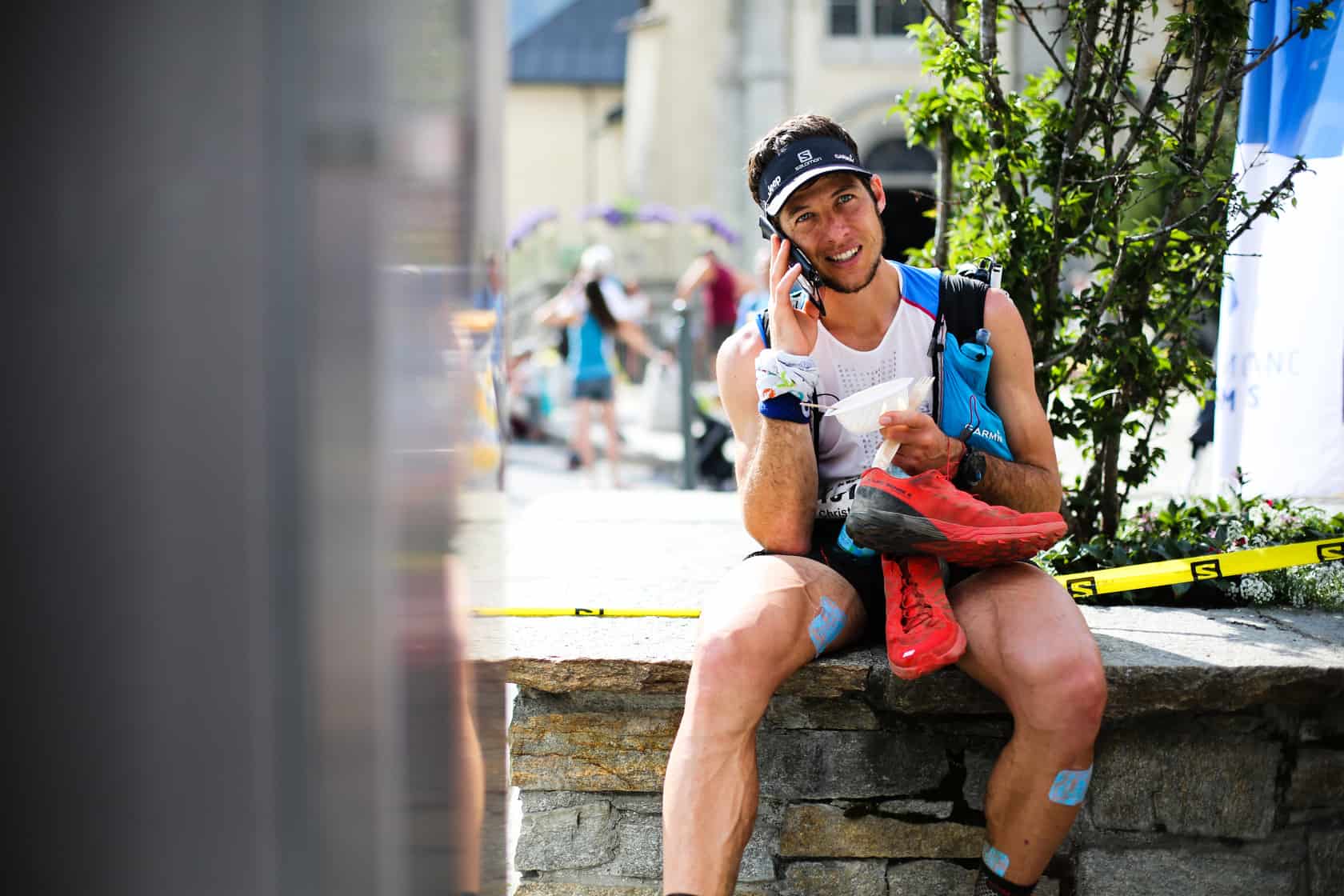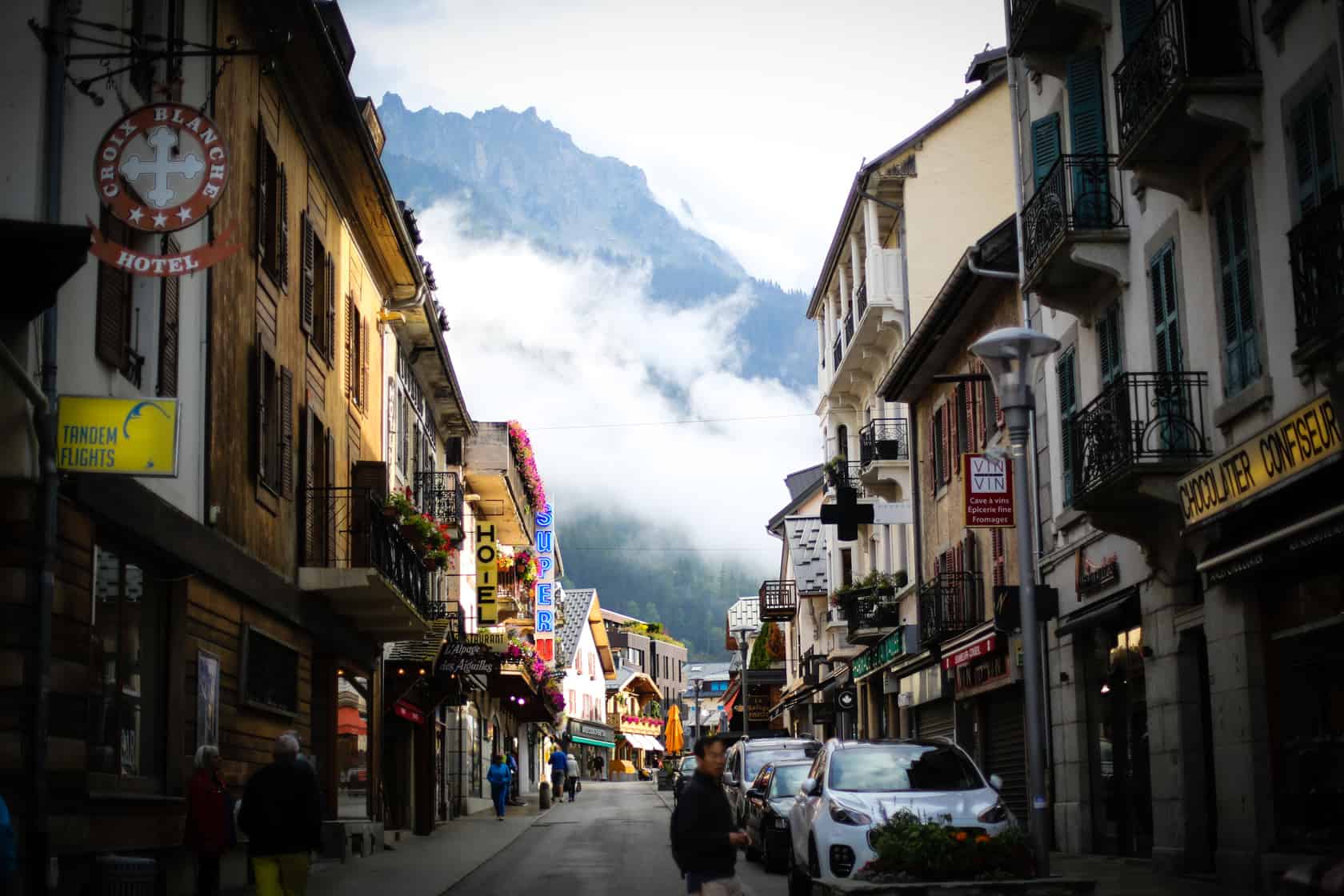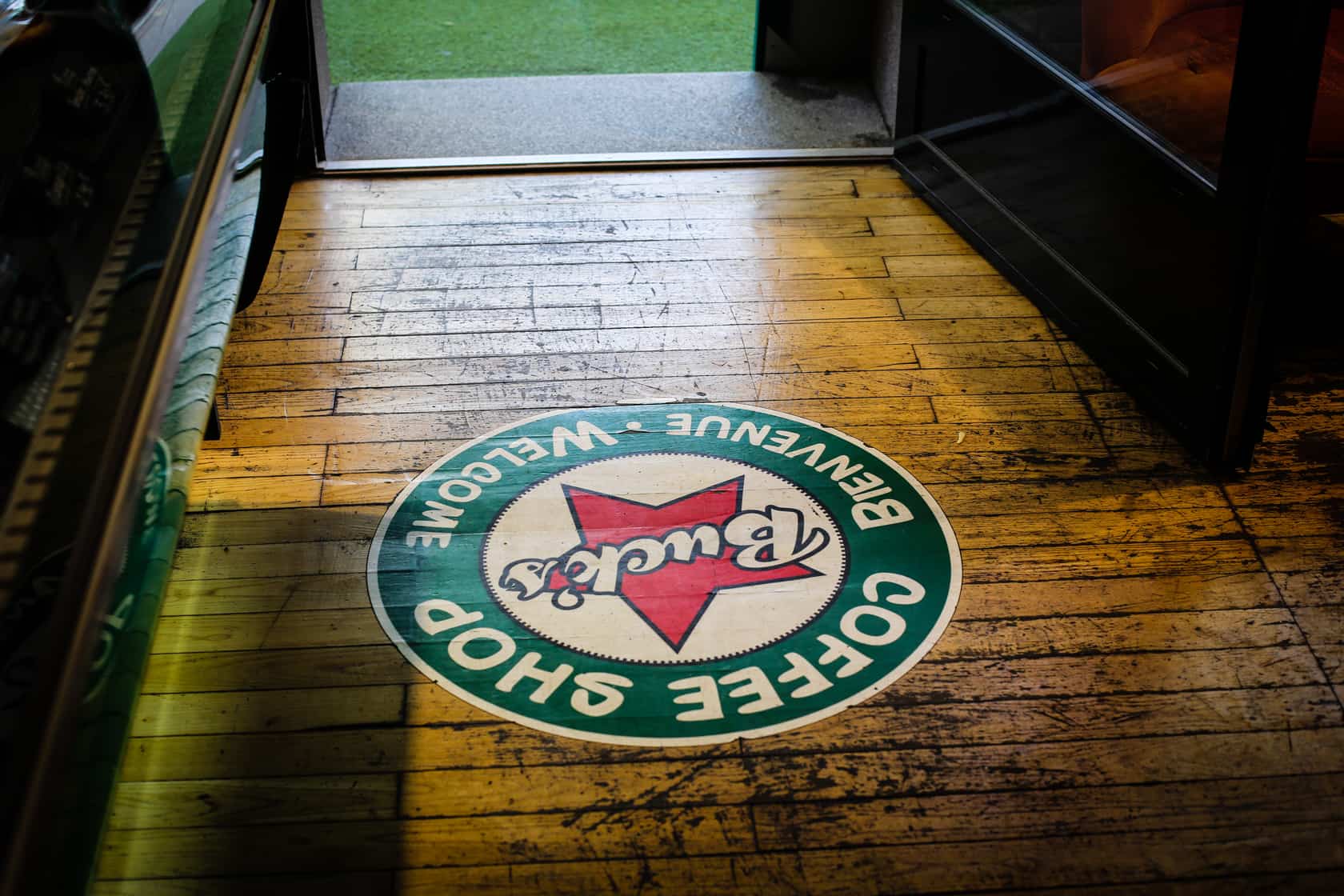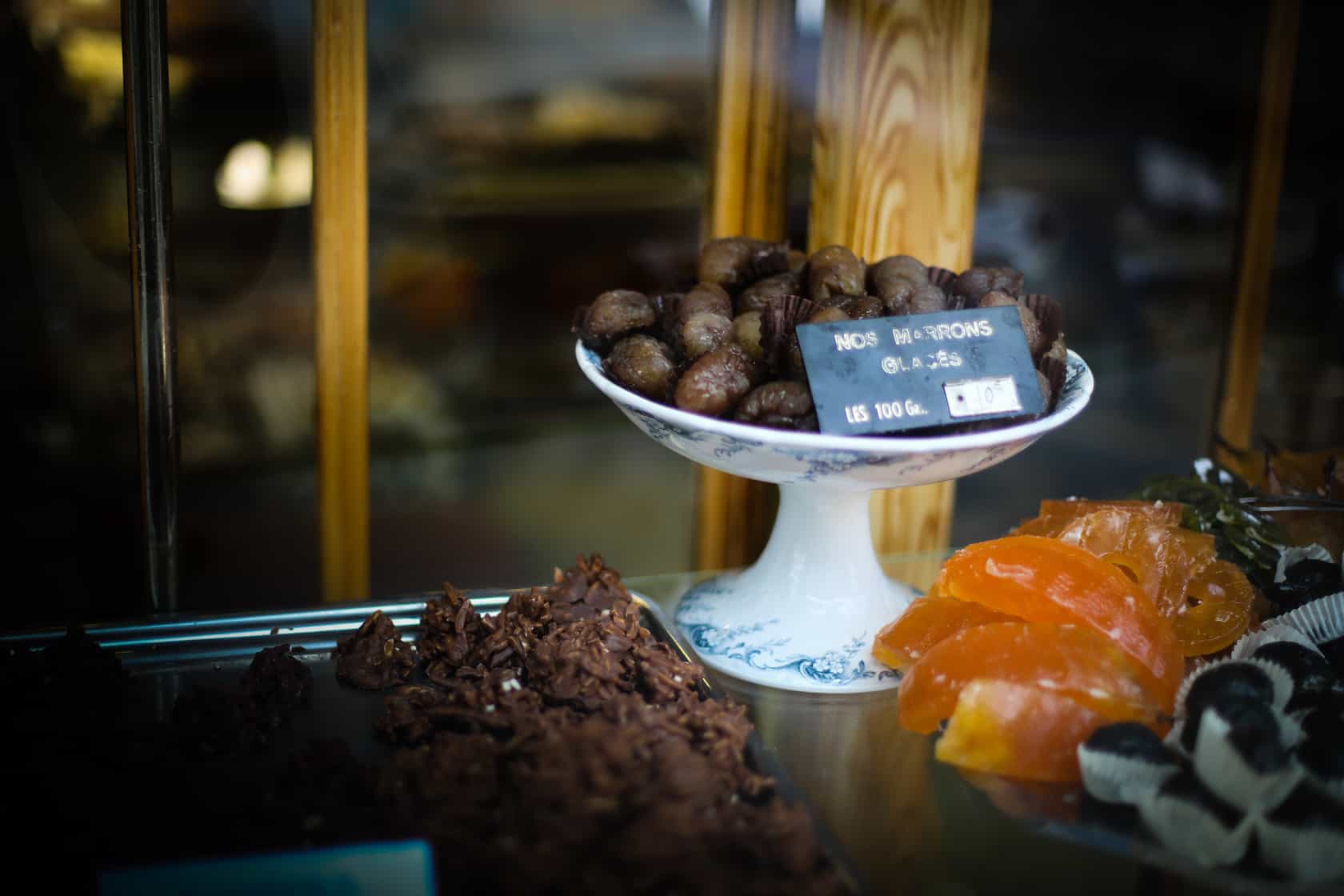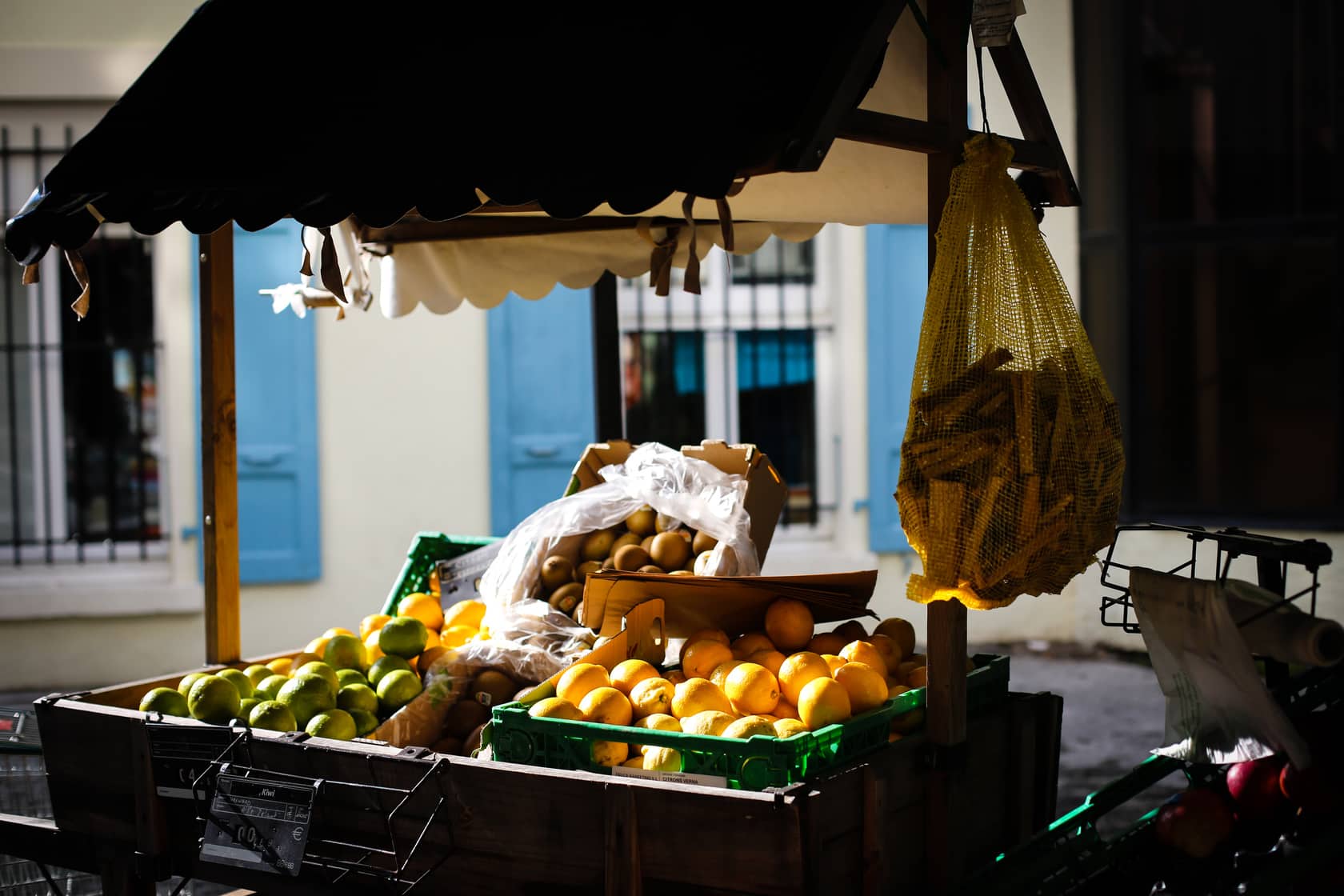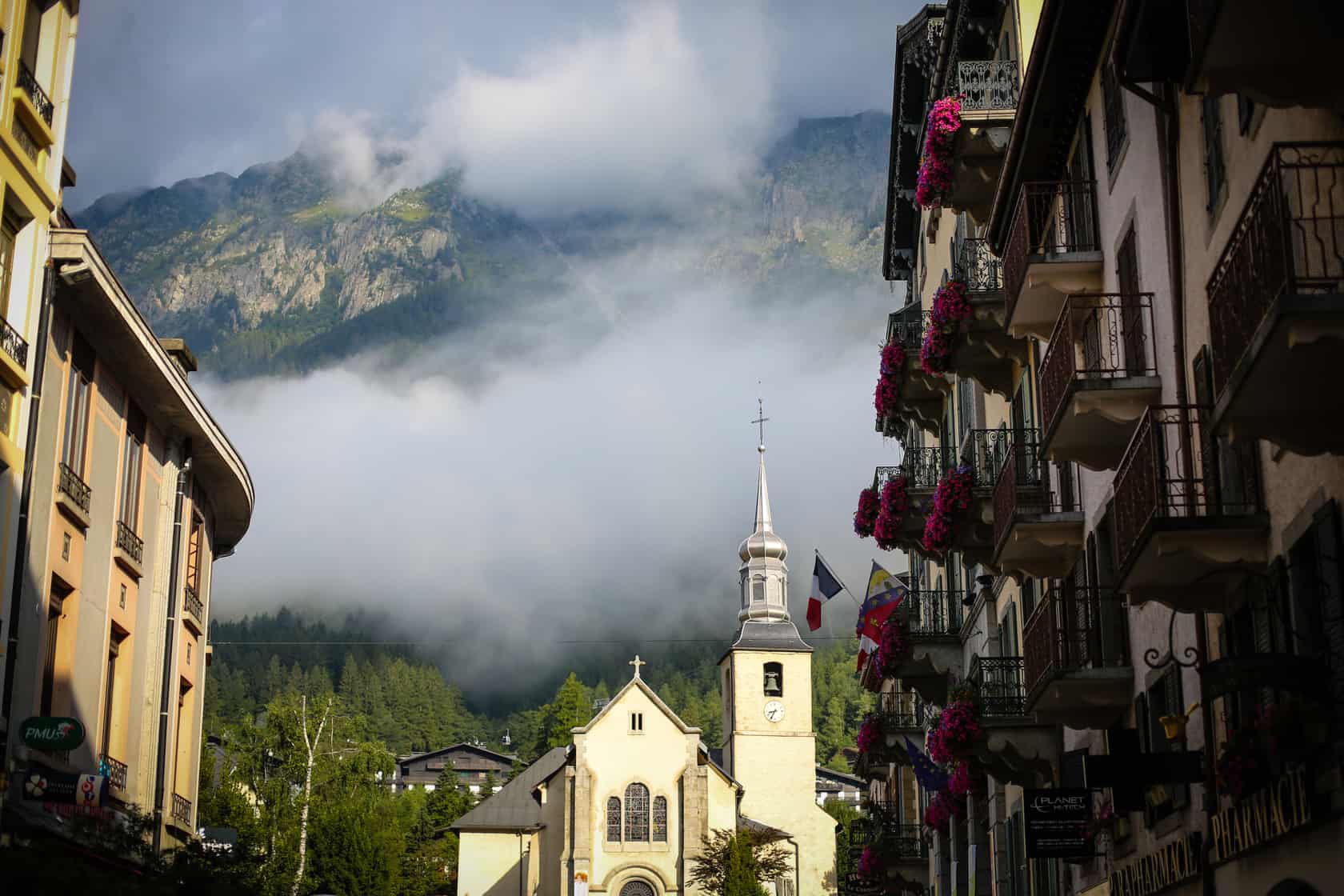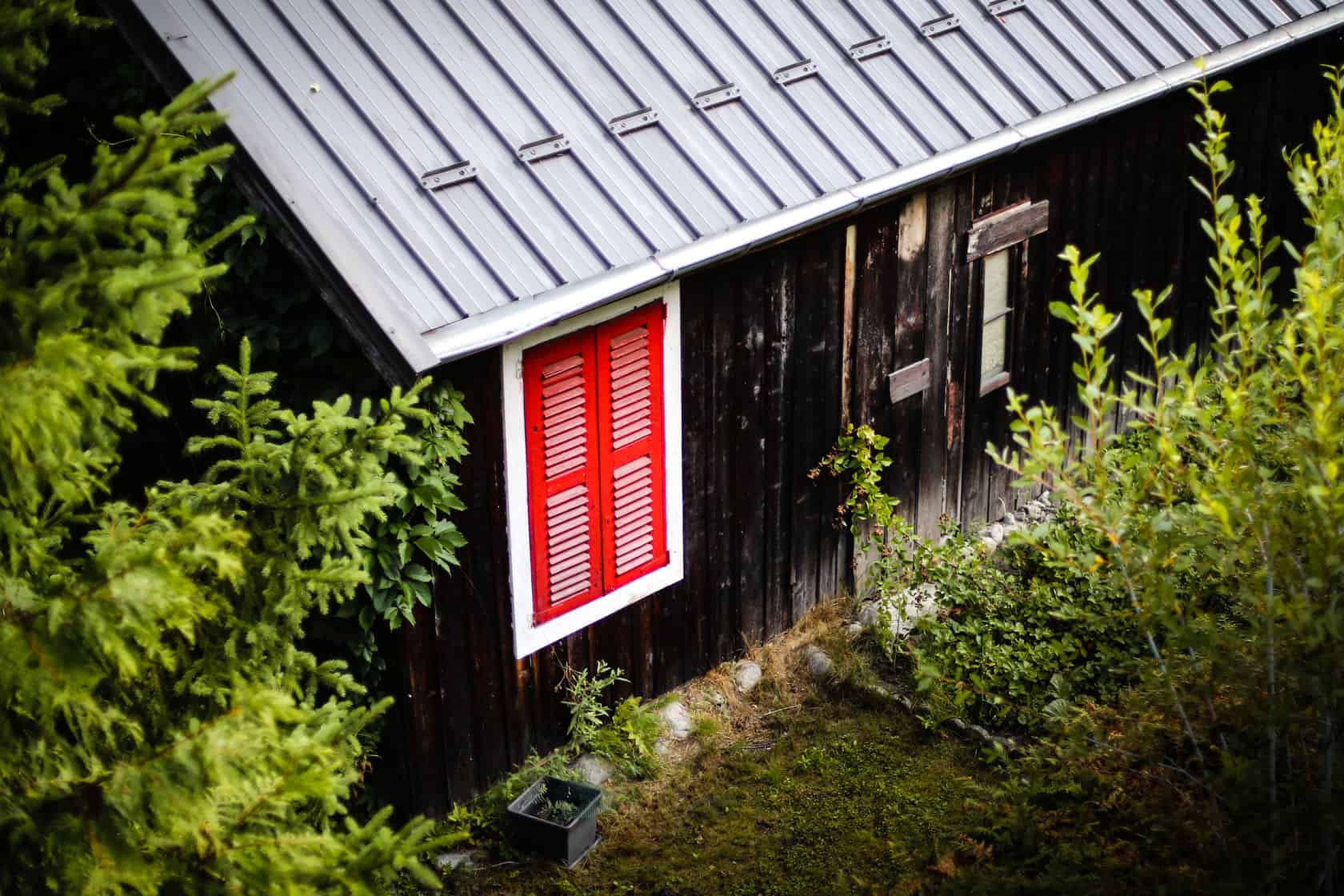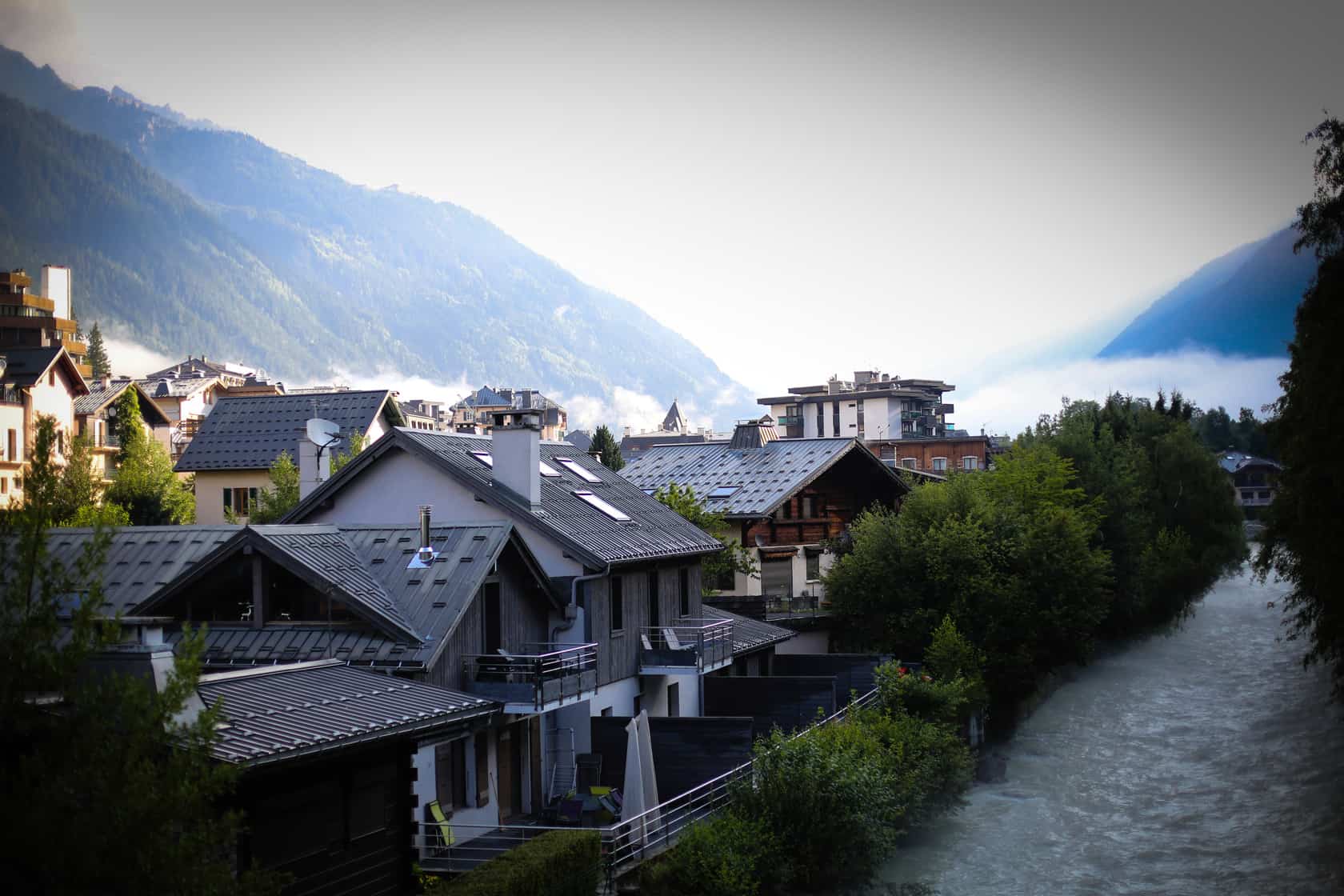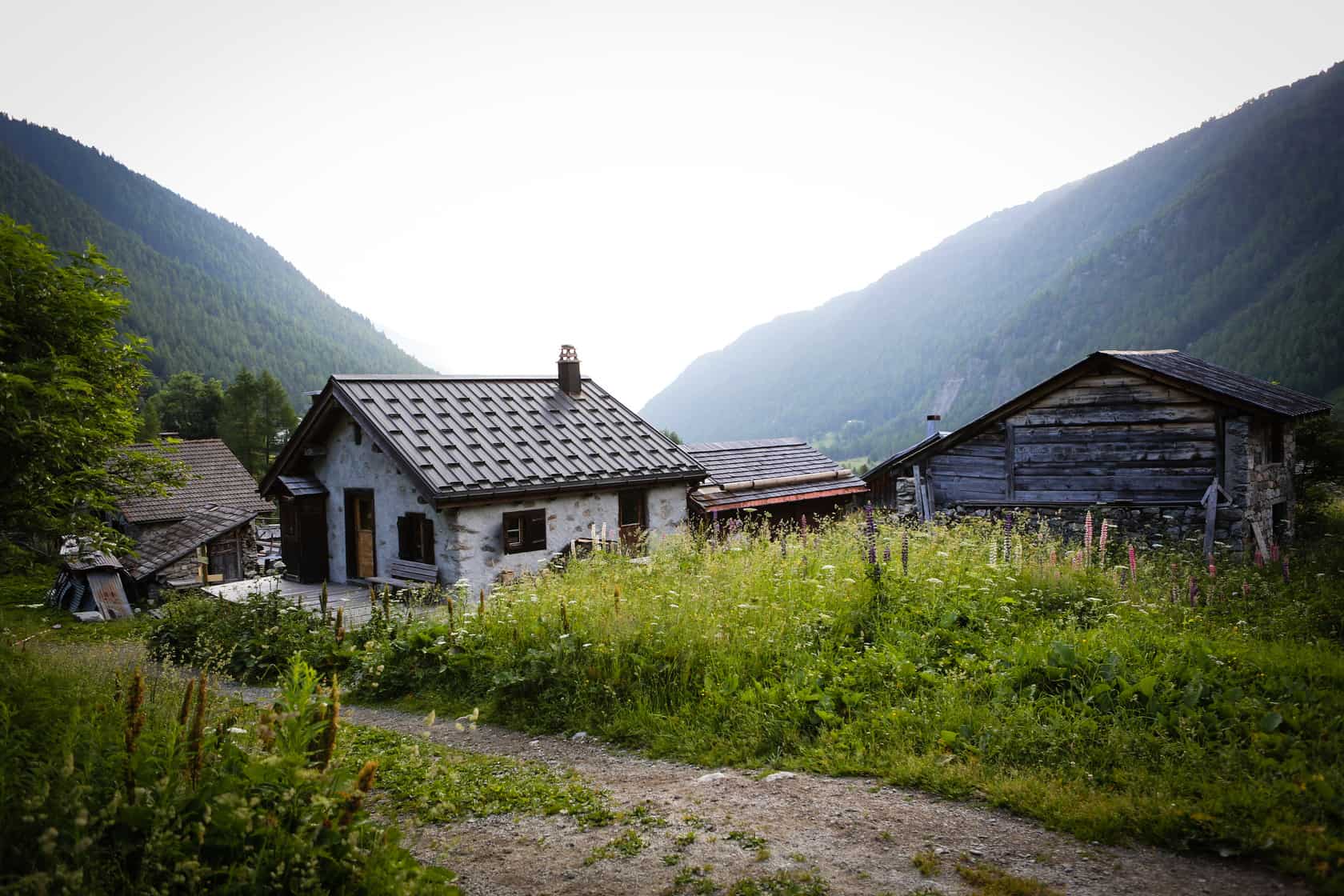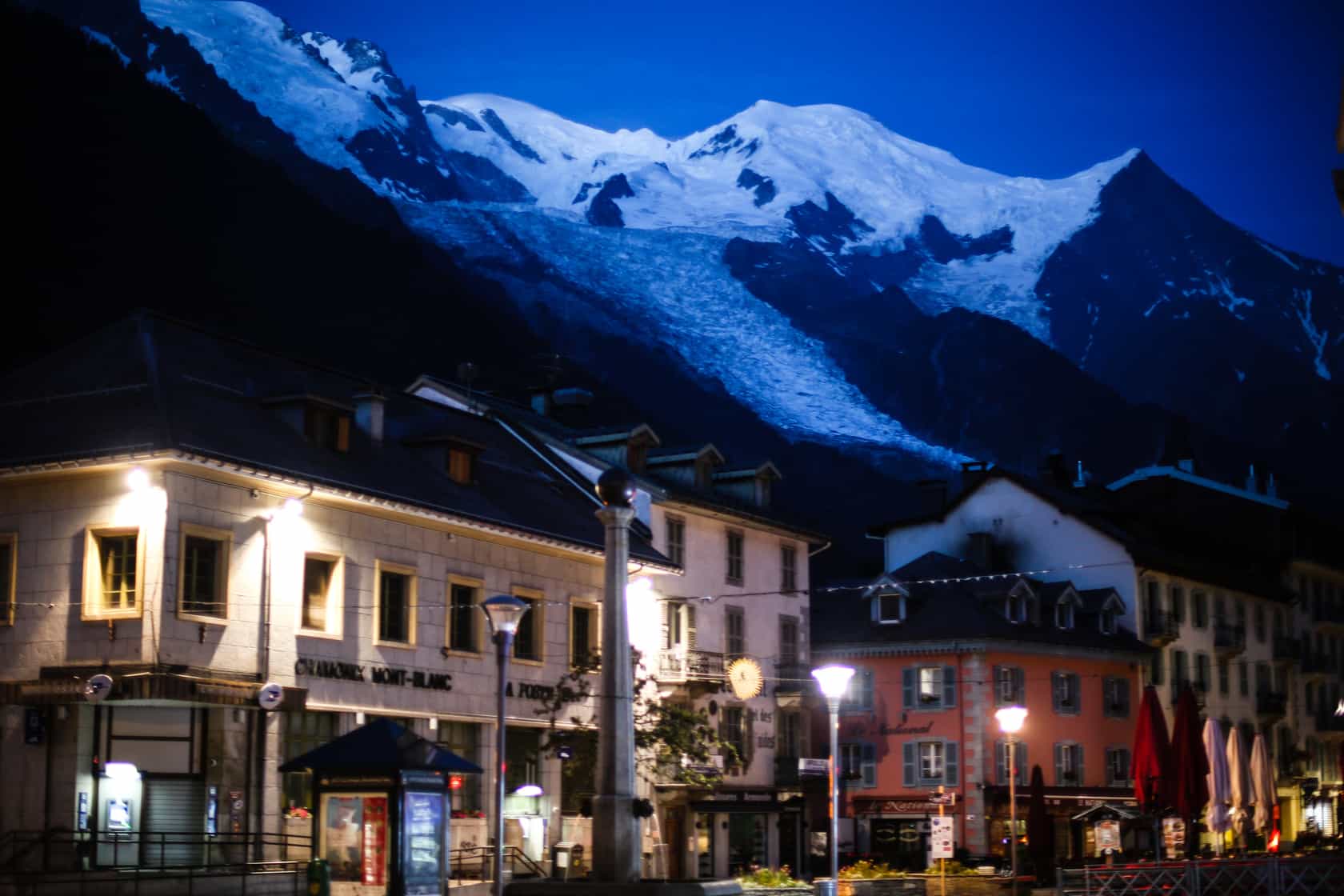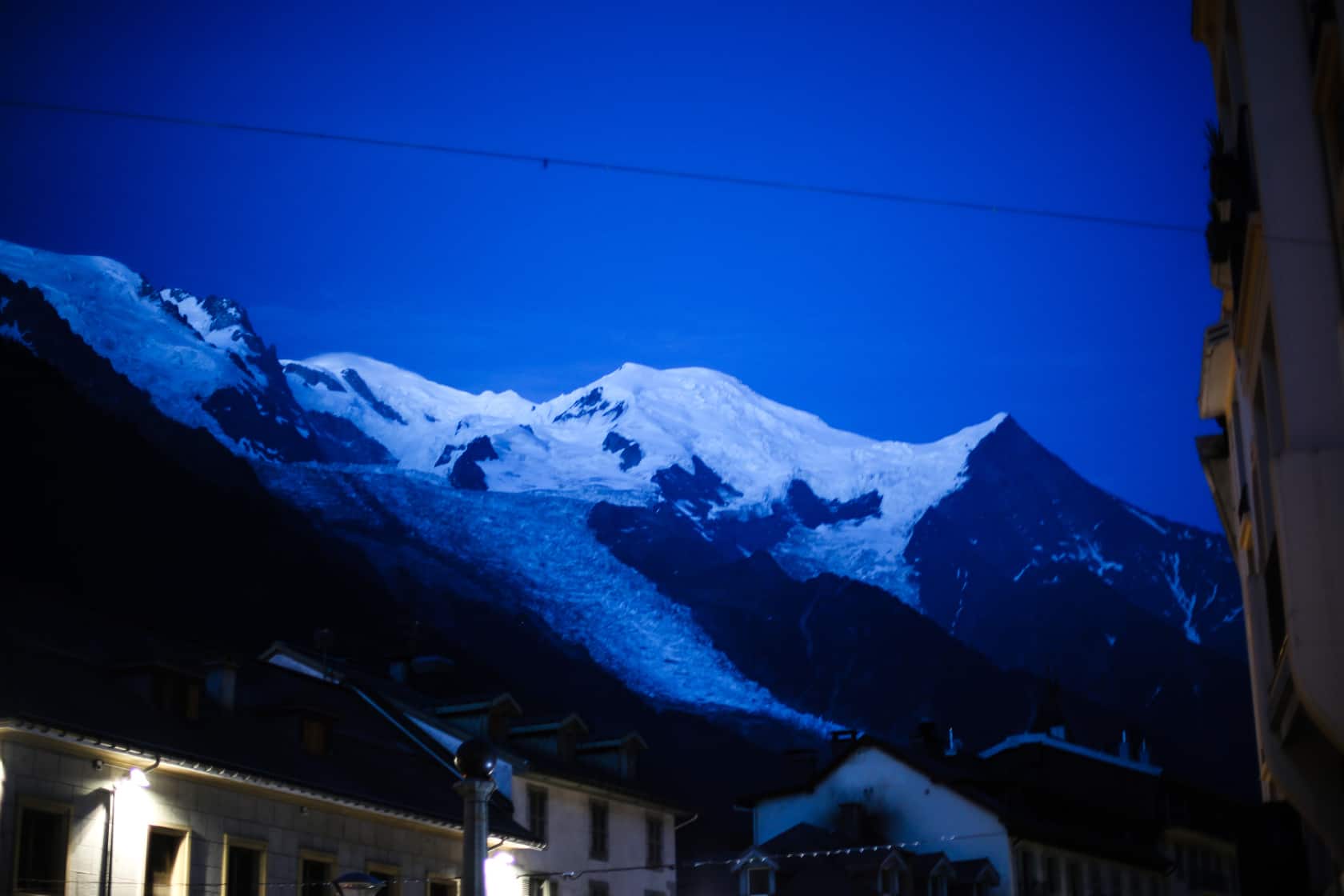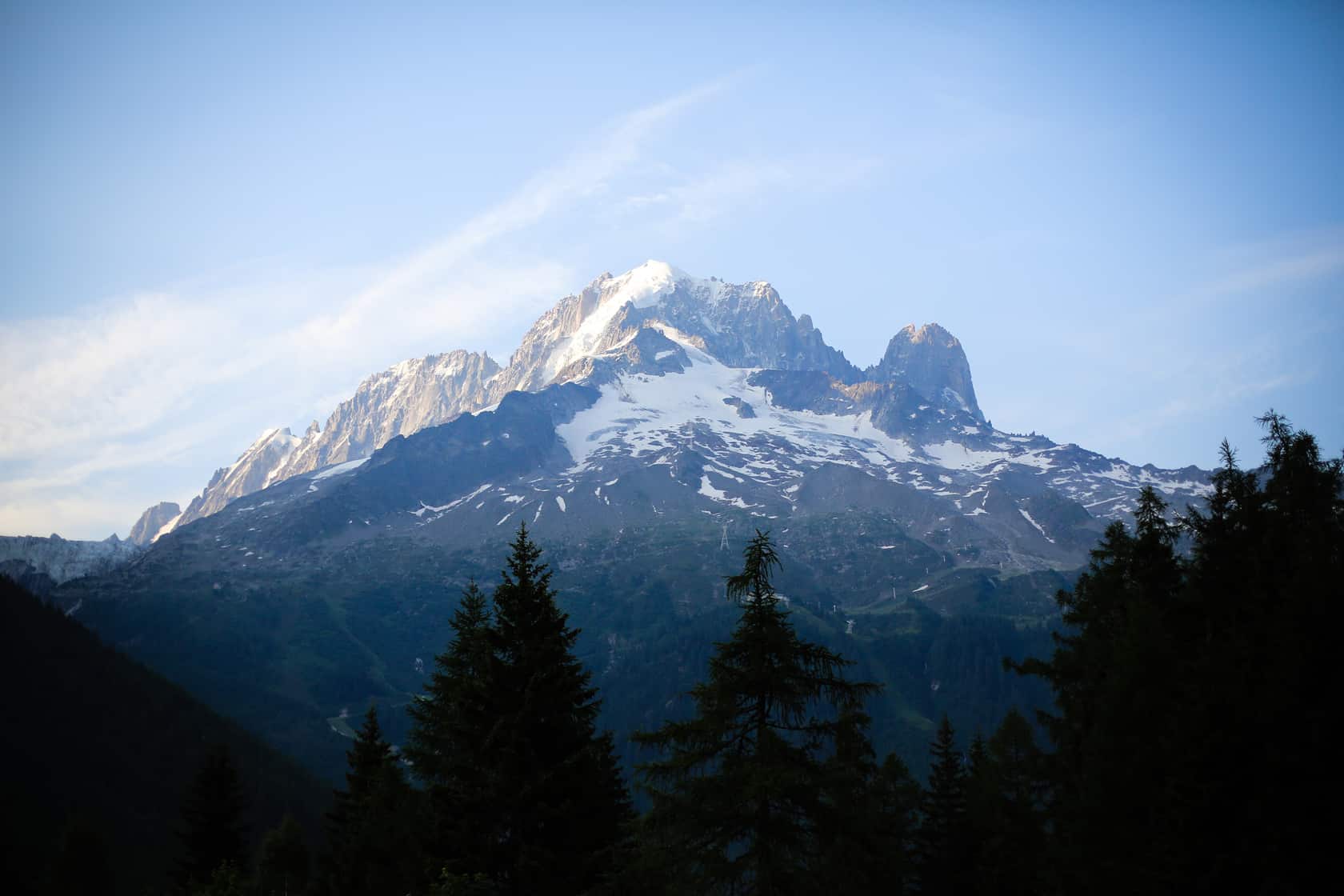"The French mountain town, which sits at the bottom of the Mont Blanc, is most well-known as the birthplace of mountaineering."
For over 100 years, Chamonix has held its “winter-summer” tourist rhythm, pulsing year-round with outdoor activity. The first-ever winter olympics were held in 1924, and took place in Chamonix. Since then, tourism has flowed into the valley as hikers and alpinists alike explore the mountains.
In addition to its extreme sport offerings, Chamonix is also known for its in-town life. The streets are lined with bakeries, sausage stops and wine bars. It’s a place where live music swirls through the mountain-y air, and where afternoon wine is definitely a thing. Families sit on sheepskin-covered chairs, dipping into fondue after a day in the mountains. It’s all very idyllic. But beautiful. Cham isn’t easy on the wallet, but it’s easy on the eyes.
You have all the life in town—beer, breweries, outside pingpong—and all the places are like less than 400 meters from the start of a trail. I don’t think that you can find that in too many places.
Sport in Chamonix
Chamonix got sport in its bones. No matter the season or the weather, Cham’s residents and visitors are always out and doing.
There’s trail running, skiing (downhill! Uphill! Through a glacier!) and paragliding. Or, of course, climbing—rock, ice, or both—and there’s rafting and hiking and mountain biking. On the tamer side, Chamonix got golfing, luge, and rock walls. Seriously. You want it, they’ve got it.
“I think that here [in Chamonix,] we [athletes] view death differently than you do in the U.S. or anywhere else. That’s why we take so many risks, or why maybe it seems like we don’t care about danger when taking a sport to the next level. That’s why this place is the birthplace of so many extreme kinds of sport.” Anonymous, extreme skiier, Saint-Gervais, France
In addition to the extremes of its sport, Cham is special in its energy. Being here inspires you to push, to set your physical goals higher and to reach them. Movement becomes the obvious form of transportation—adults of all ages, children, dogs, everyone is running or walking or hiking or biking (except the dogs. Woof.)
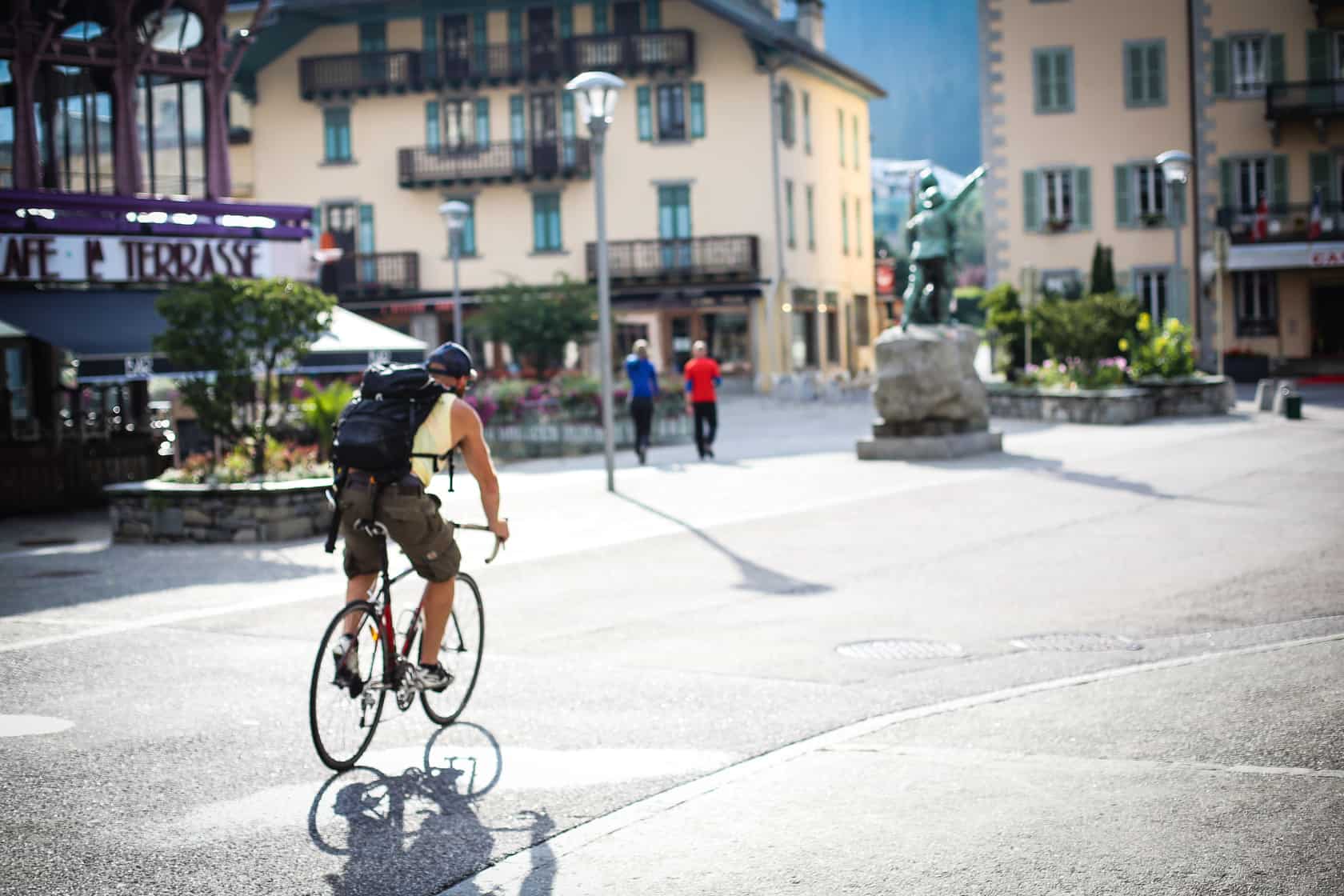
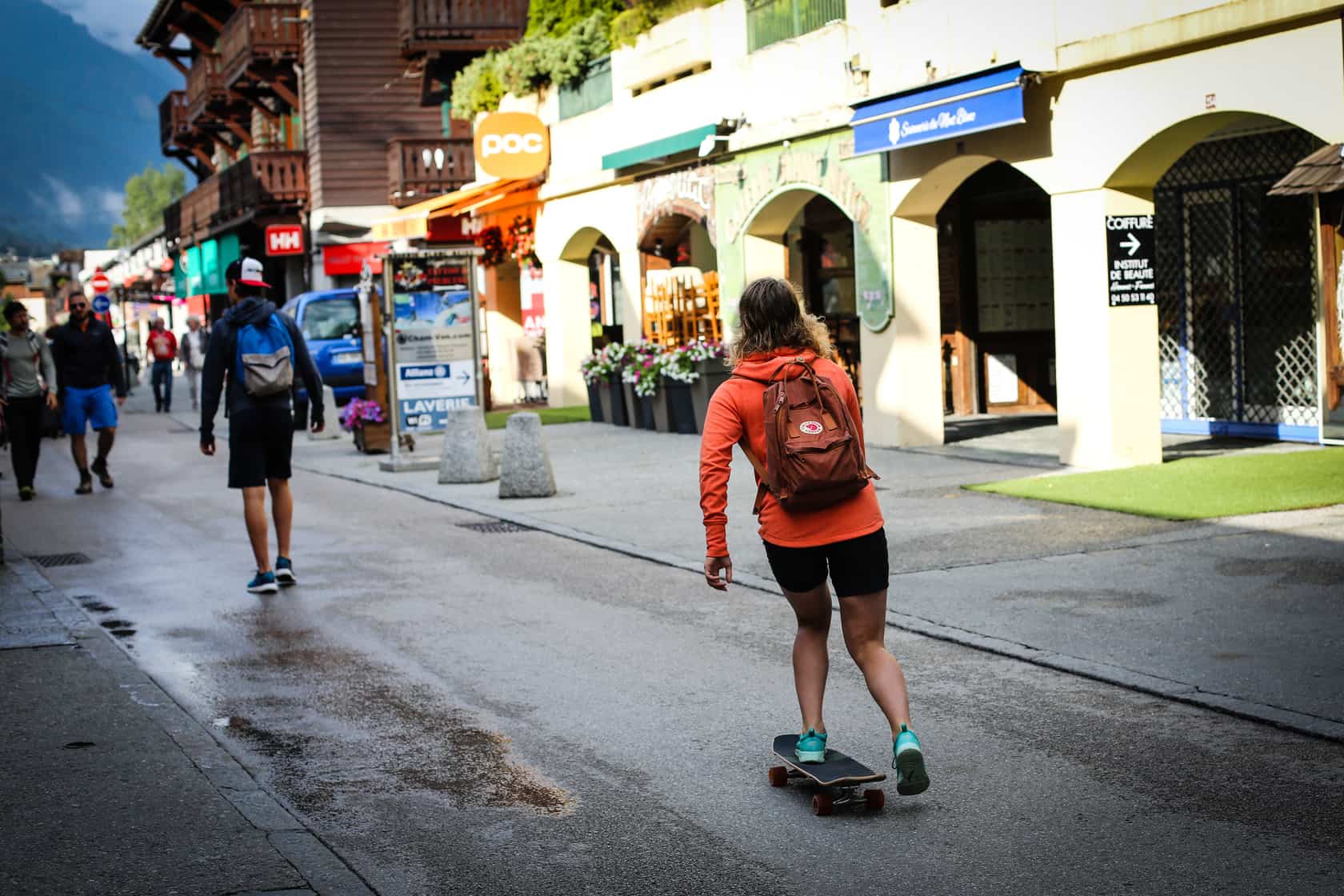
“The mountains there are so special. It’s an already-explored playground where there are so many routes, so many options and so many sports that the possibilities are infinite. But more than the mountains themselves—which are super stunning—the craziest part, or the most different part, is that there are so many people doing stuff all the time. You know, like running or biking or I don’t know, flying by paragliding. And because of that, you can’t forgive yourself if you are not doing anything outdoors for one single day. If you’re not doing something out, you feel like you don’t belong to the place—so the people are part of what makes it really, really special. …Because if you put the same group of outdoor-crazy people somewhere else, that place would also be special and everyone else would want to go there, too.” Moisés Jiménez, trail runner, Chile
Respecting the Mont-Blanc
The Mont Blanc stands at a height of 4,810 meters, and can be seen from the town of Chamonix. (The English translation for Mont Blanc would be “White Mountain,” which makes sense, but also makes me laugh—“Mont Blanc” sounds formidable. “White Mountain” sounds like a cartoon landmark in Candy Land. I digress.)
Although the mountain is well-traversed, it is still a mountain, and is still to be respected. Ranked next to the rest of the world’s peaks, the Mont Blanc claims the highest number of lives per year. This doesn’t mean that it’s the most dangerous, or that it has the highest death rate (that would be Nepal’s Annapurna, with a death rate of 37.91%); but it means that the volume of summit attempts is high, and that there are some confounding variables at play.
A contributing factor to the number of deaths on Mont Blanc is due the number of inexperienced climbers who attempt to summit—without proper gear, without a guide, or without both. Throughout the past decade, the number of deaths has dramatically increased…so much so that this summer, the mayor of nearby Saint-Gervais said that enough was enough. He set some hard rules for climbing the Mont Blanc, focusing primarily on a list of mandatory gear.
Trail Races in Chamonix
There are two main ultra marathons that take place each year in Chamonix: the Mont Blanc 80k, and the Ultra Trail du Mont Blanc.
The Mont Blanc 80k takes place in June. Its route hardly shares any trail with the UTMB route, and its feel is different—the Mont Blanc 80k is smaller than UTMB, but still gnarly, lively, and full of supportive fans.
But if Mont Blanc 80k is lively, then the UTMB is roaring. The UTMB itself is a 100-mile loop around the Mont Blanc, which takes competitors through the night and up and down Alpine mountains in what is often the most competitive ultramarathon of the year.
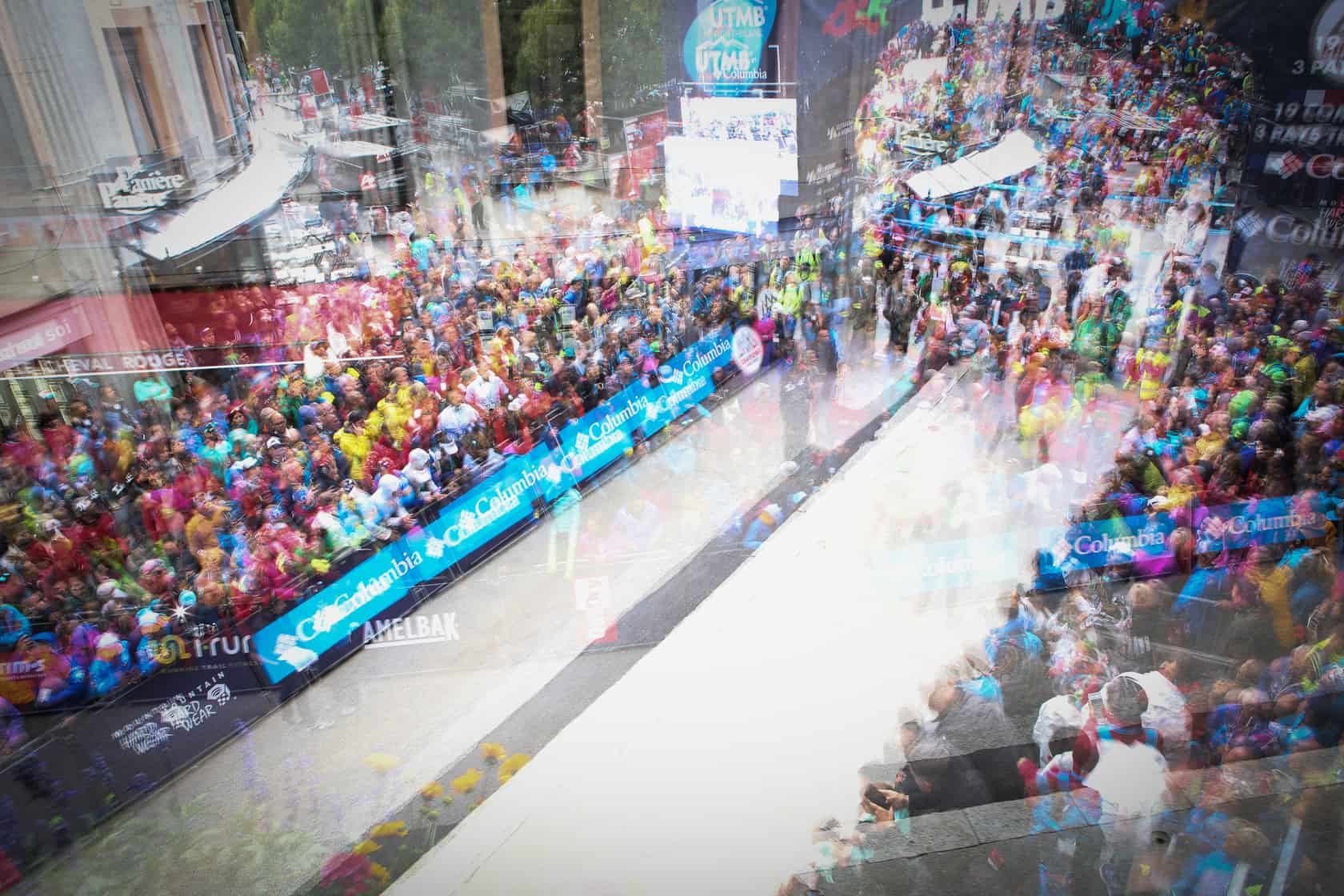
During “UTMB week,” there are a total of five races which take place:, the OCC (57 kilometers), and the CCC (101 kilometers), the TDS (119 kilometers), the PTL (290 kilometers). This brings an estimated influx of over 7,000 people to the village.
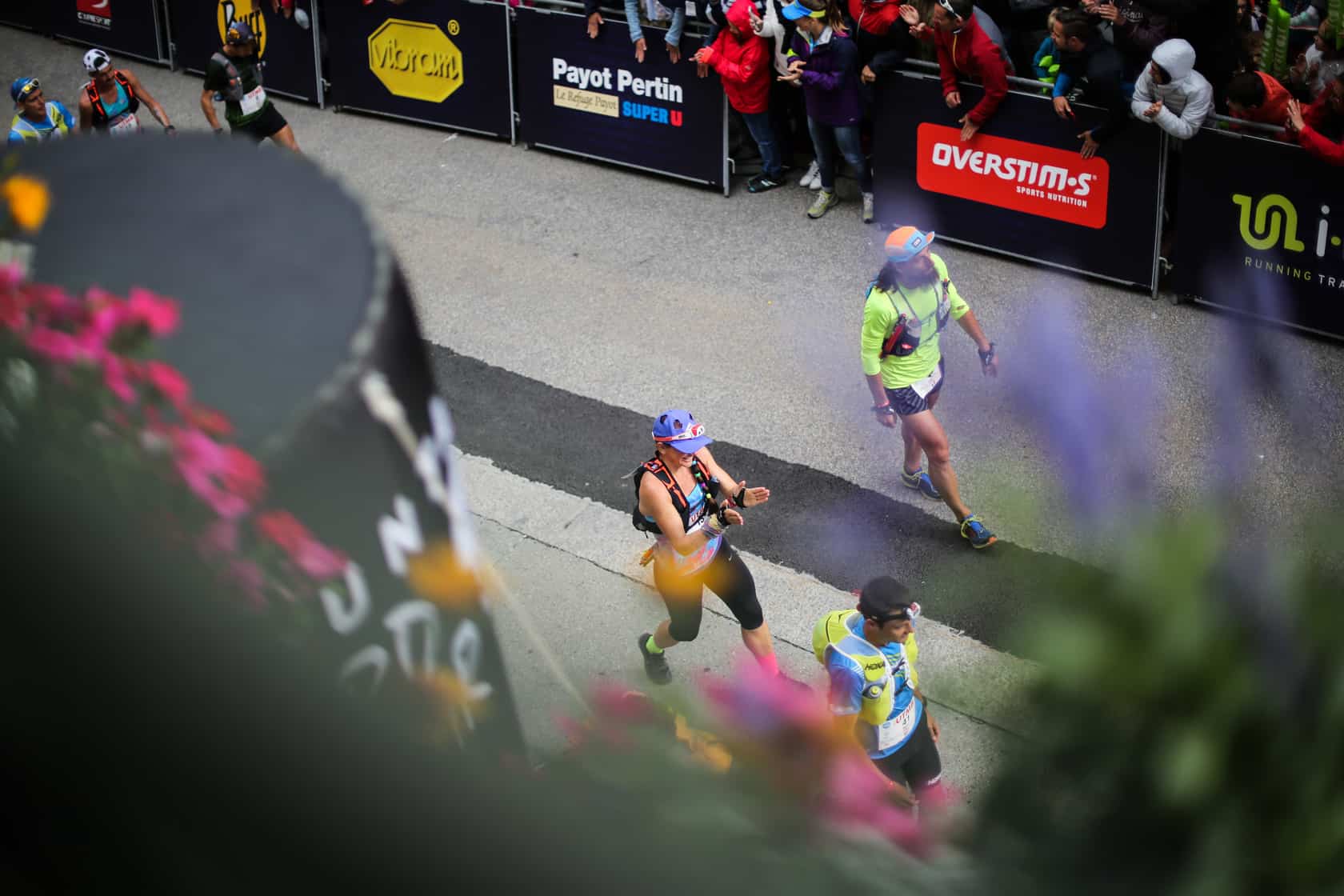
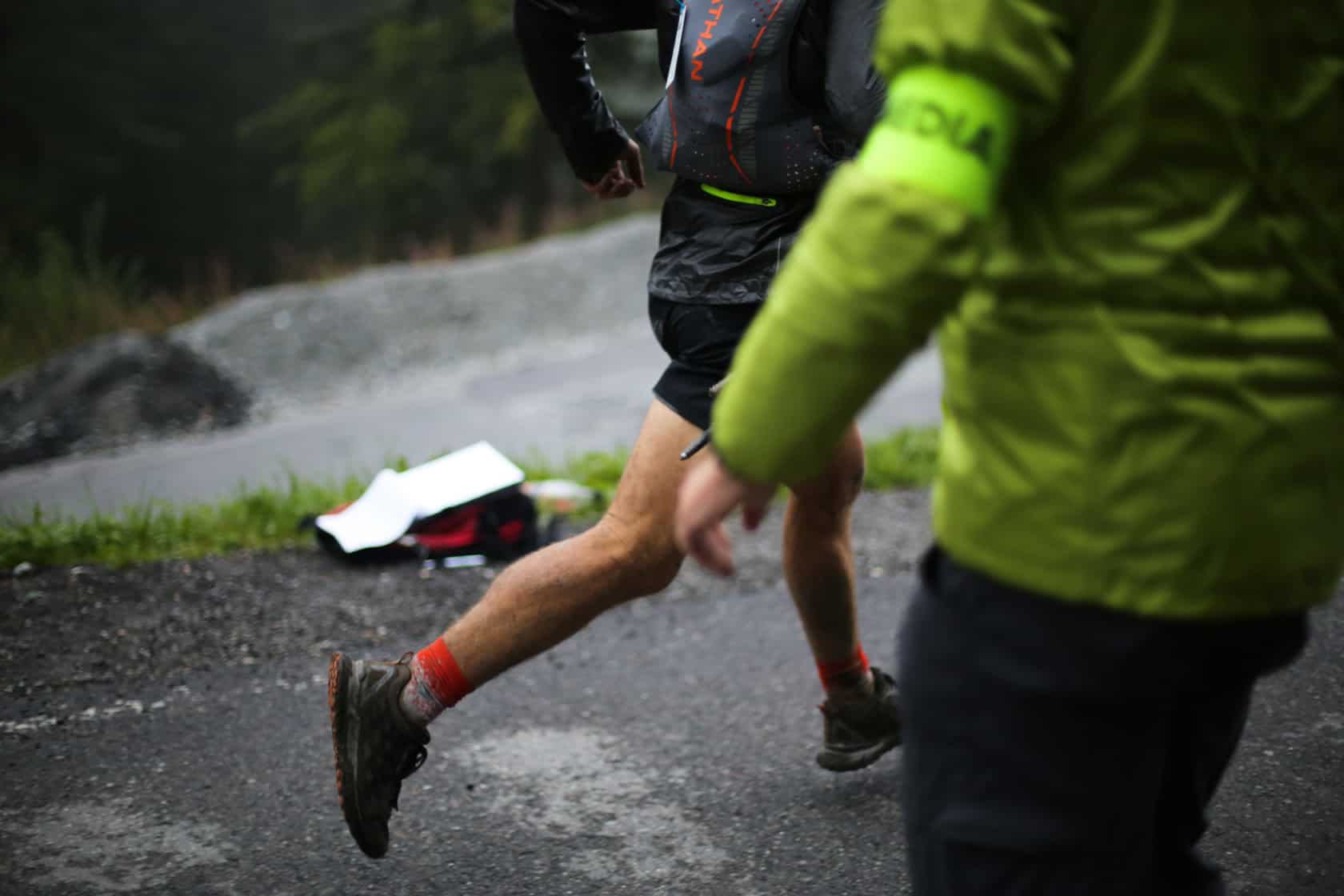
Well, the race started on my birthday—so I don’t think I’ll ever be able to throw a bigger party! Pat Heine, UTMB competitor, USA.
Impact of Growing Trail Races
Since the beginning of the 20th century, the hotel industry is the main source of income for the valley—before that, it was mountain guiding. Take from that what you will, but the point is that the majority of Chamonix’s residents’ income still depends on tourism. With the increase in size of the UTMB, and the event’s ever-increasing commercialization, opinions have begun to swirl. Some attendees love the energy, and don’t mind the increase in size, while others feel that it’s becoming “too big.”
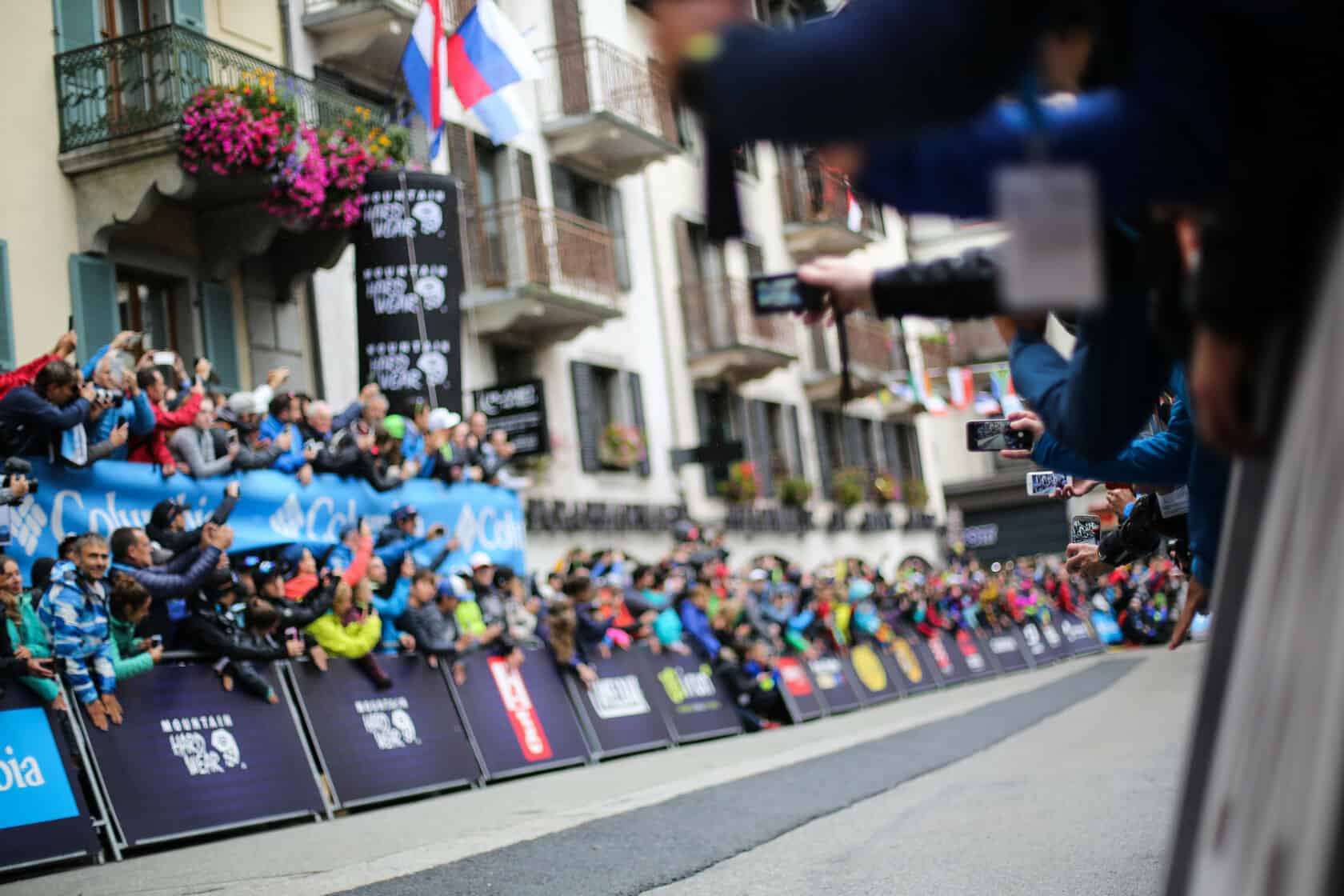
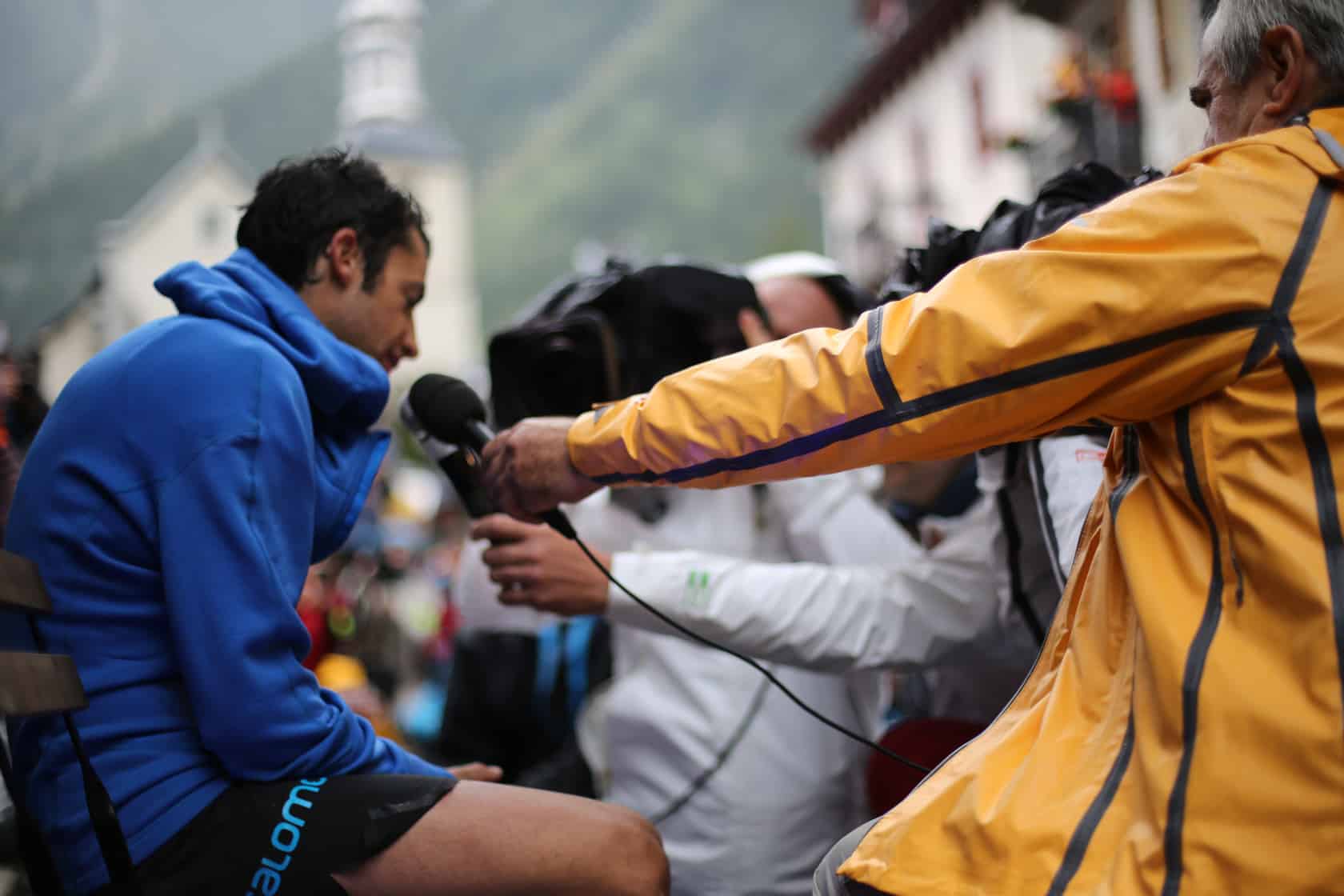
Residents of Chamonix also directly face the impacts of a large, yearly event the size of UTMB—the villages grocery stores are not exactly equipped to handle an influx in the thousands, and some local establishments seem to resent the numbers of tourists during this particular week.
There are other locals, however, who accept and enjoy the spike in visitors—both personally, and often economically. Yannick Nvarro, a mountaineer and trail runner who lives in neighboring Les Contamines, offers her insight to the ballooning trail races in the valley:
“So, I’ll tell you [about the races] from the point of view of a runner. I’m a person who likes trail running, so my feelings might be distinctive from those of someone who doesn’t like this sport. Chamonix lives from tourism the whole year, and particularly tourism related with outdoor sports. Throughout the last years, UTMB has become the most important event for the village—just as much from a sport standpoint as from an economic standpoint. So, I see that the majority of the people [who live here] are on the “ultra running-positive” side. As far as I know, the “only” ones who aren’t into the event are those who have a second house in Chamonix, who come here for three months in the summer, who are more into silence.
What do I think? Well, I think that it’s a specific situation, because Chamonix is famous in almost the whole world thanks to an event related with nature [UTMB.] So often, we only hear about a place because of negative things…war, scandal, natural disaster, or who knows what else. The UTMB attracts, for the most part, people who love nature, mountains…although every year what’s happening is that it’s becoming more commercial. I don’t like this, because I don’t agree with this philosophy…but I think that for every bit that an event becomes more commercial, more people are happy. For me it’s a shame, but that’s how it is!” Yannick Nvarro, trail runner and resident of Les Contamines, France
Chamonix. That place where months of sacrifice and hours of lonely training bring together souls from all around the world, just to go around the majestic Mont-Blanc. It’s those high peaks, mystic forests, and the frenzy of a village that becomes the center of the world for a week, creating this unique ambiance in the trail running community, where the only language spoken is just putting one [foot] in front of the other. …I swear I’m not on drugs.
Mauri Pagliacci, trail runner, Argentina
